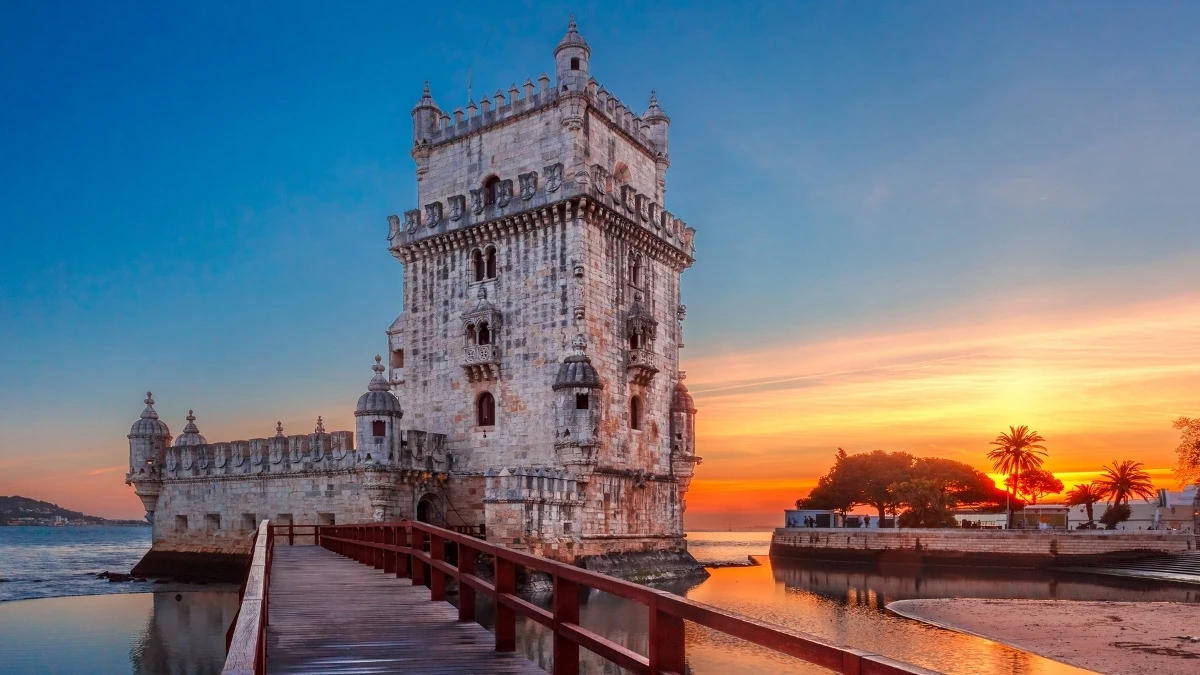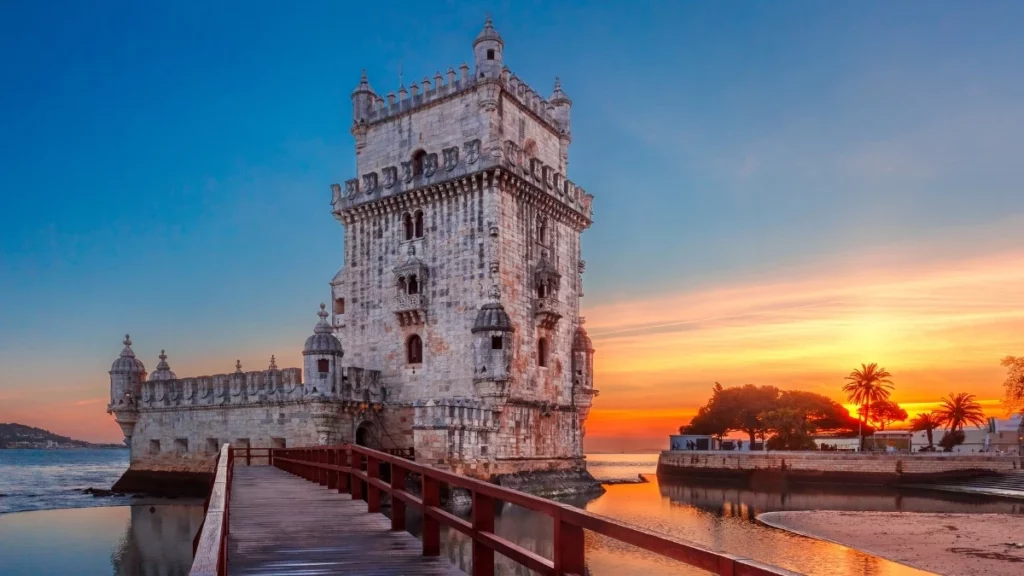
Lisbon, the sunny capital of Portugal, is one of Europe’s safest and most diverse cities. Walk through the old streets and ride the famous yellow trams of this affordable holiday destination while enjoying the delicious pastéis de nata.
As the heart of Portugal’s Age of Discovery, Lisbon boasts iconic landmarks and world-class museums. This city is a perfect mix of old and new, with ancient traditional castles standing beside modern buildings.
Lisbon has something for every traveler! Whether you love the water or enjoy mountains, you can tour around stunning viewpoints from the top of the scenic hills to relaxing river cruises.
The best time to visit? March to May or September to October—when the weather is still warm and perfect, hotel rates are slightly lower, and the crowd is yet to come in.
Ready for an adventure? Check out our guide to the best things to do in Lisbon and make your trip unforgettable!
Belém Tower
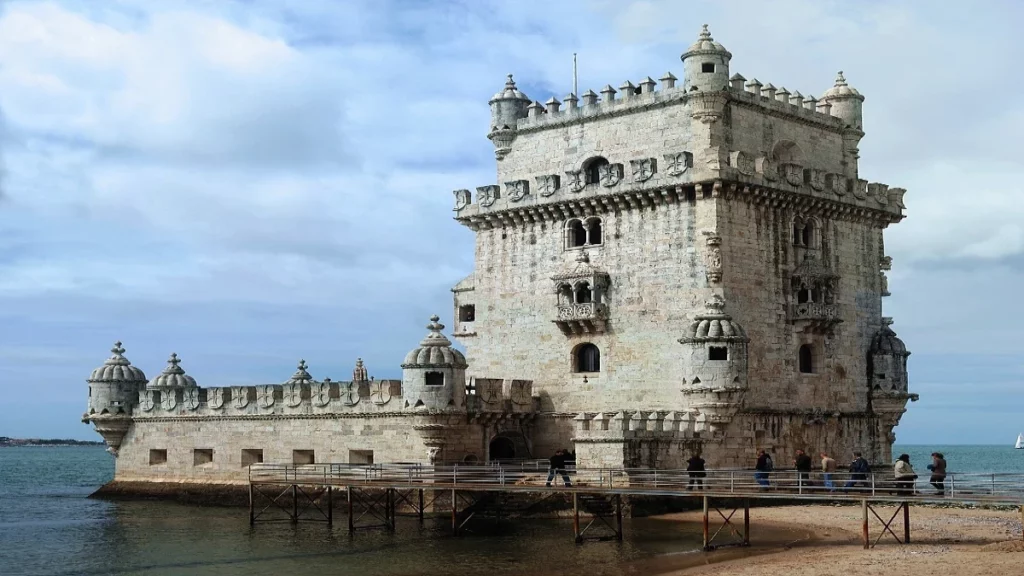
The Belém Tower is a UNESCO World Heritage site and one of Lisbon’s most iconic landmarks, standing on the northern banks of the Tagus River.
Built in the early 16th century, the tower symbolizes Portugal’s Age of Discovery. It was originally built as a fortress to defend the city but later served as a lighthouse and customs center. It is also a ceremonial gateway to Lisbon that features intricate Manueline-style architecture and maritime motifs.
Visitors can climb to the top of its historic turrets for sweeping river views and discover its rich past as a defense stronghold and prison.
Hours: 10 AM to 5:30 PM
Duration: 3 hours
Location: Av. Brasília, 1400-038 Lisboa, Portugal. Get Directions
Sao Jorge Castle
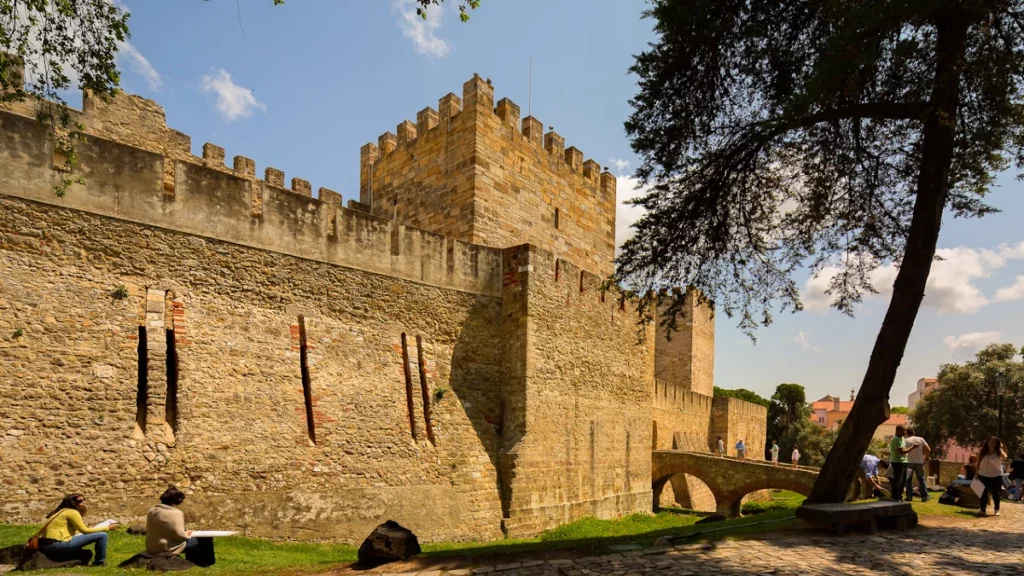
São Jorge Castle is an iconic historic fortress perched on a hilltop overlooking Lisbon, offering a glimpse into the city’s medieval past. It played a key role in defending Lisbon.
It was first built as a small fortress in the 5th century and was modified and enlarged by the Moors in the 11th century. Over decades, the castle transformed into a Royal Palace and underwent complete restoration during the 1940s.
Visiting the castle allows tourists to explore its well-preserved battlements, walk along the fortress walls, and enjoy views of Lisbon’s skyline.
Hours: 9 AM to 9 PM
Duration: 1:30 hours
Location: R. de Santa Cruz do Castelo, 1100-129 Lisboa, Portugal. Get Directions
Oceanarium Lisbon

The Oceanário de Lisboa is the second largest and most impressive aquarium in Europe, located in the Parque das Nações district. It can hold around 5000 cubic meters of water, providing a haven to more than 15000+ creatures from over 450 species.
Home to a massive central tank representing the global ocean, the aquarium houses thousands of marine species, including sharks, rays, penguins, and otters. The Oceanarium, built on a pier in an artificial lagoon, resembles a ship docked on water.
Ideal for families, this aquarium offers a captivating underwater journey that educates and inspires conservation efforts.
Hours: 10 AM to 8 PM
Duration: 1:30 hours
Location: Esplanada Dom Carlos I s/nº, 1990-005 Lisboa, Portugal. Get Directions
Jerónimos Monastery
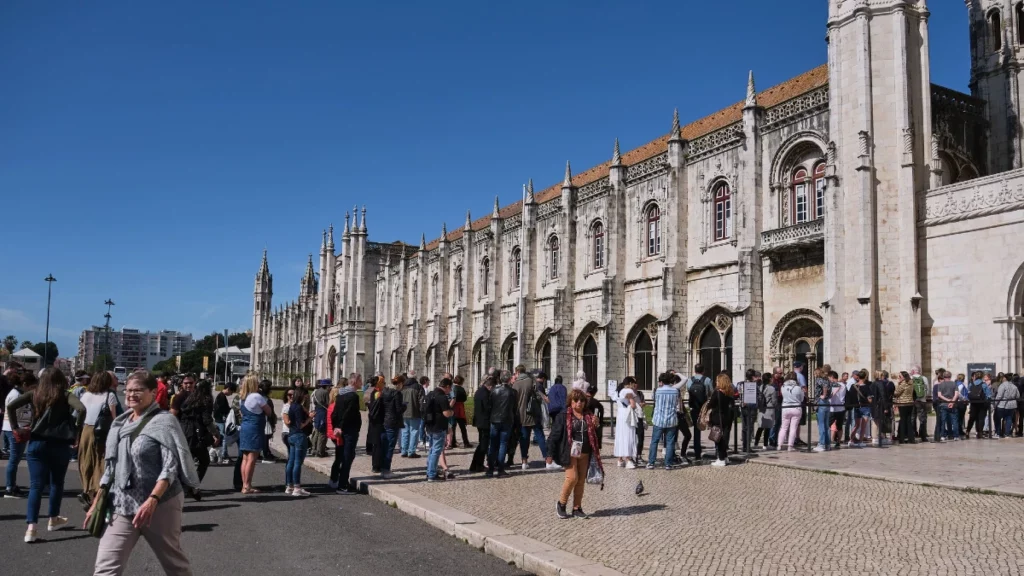
The Jerónimos Monastery is a UNESCO World Heritage site and one of Portugal’s most important historical monuments in the Belém district of Lisbon.
Built in the 16th century in the Manueline architectural style, the monastery is known for its intricate stone carvings, stunning cloisters, and the tomb of Vasco da Gama. It symbolizes Portugal’s Age of Discovery.
Visitors can admire the monastery’s stunning architecture, explore its peaceful courtyards, and learn about Portugal’s maritime history. It’s one of Lisbon’s most visited landmarks.
Hours: 10 AM to 5:30 PM
Duration: 1 hour
Location: Praça do Império 1400-206 Lisboa, Portugal. Get Directions
LX Factory
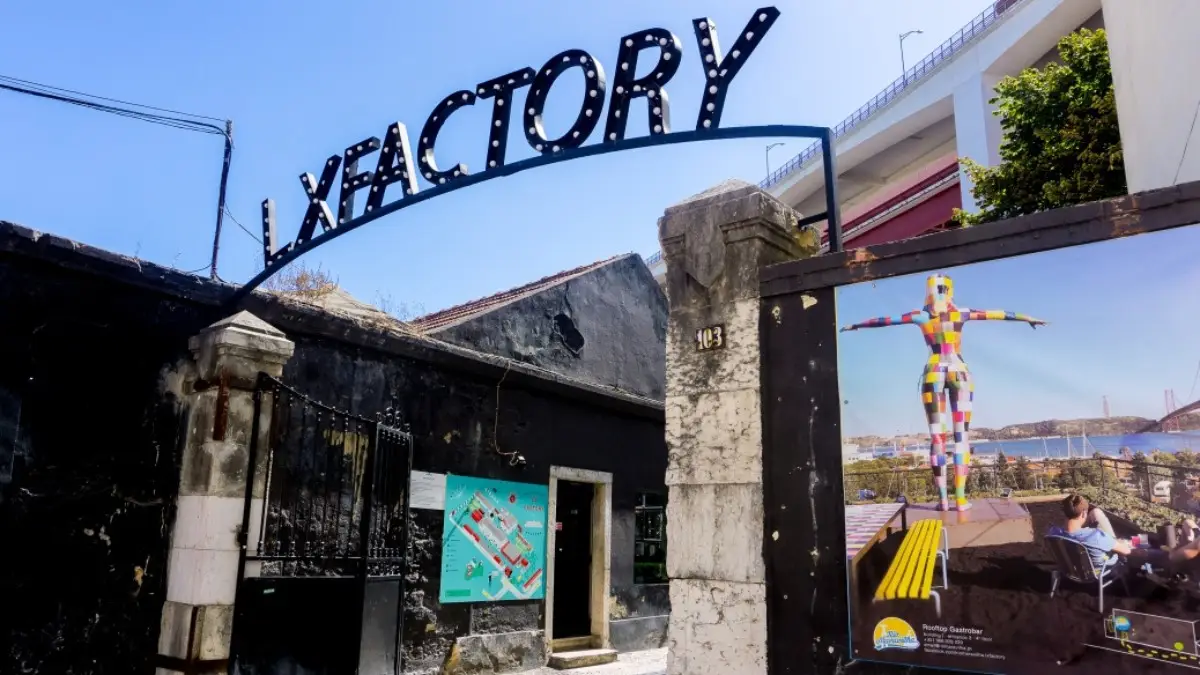
LX Factory is a trendy creative hub in an old industrial complex filled with unique shops, cafes, art spaces, and restaurants.
It’s known for its street art, independent boutiques, and lively weekend markets showcasing local designers and artisans.
LX Factory is perfect for those looking to experience Lisbon’s modern, artistic side with a mix of culture, food, and shopping.
Hours: 10:30 AM to 10:30 PM on weekdays, and 9:00 AM to 10:30 PM on Saturdays and Sundays.
Duration: 2 hours
Location: R. Rodrigues de Faria 103, 1300-501 Lisboa, Portugal. Get Directions
Arco da Rua Augusta
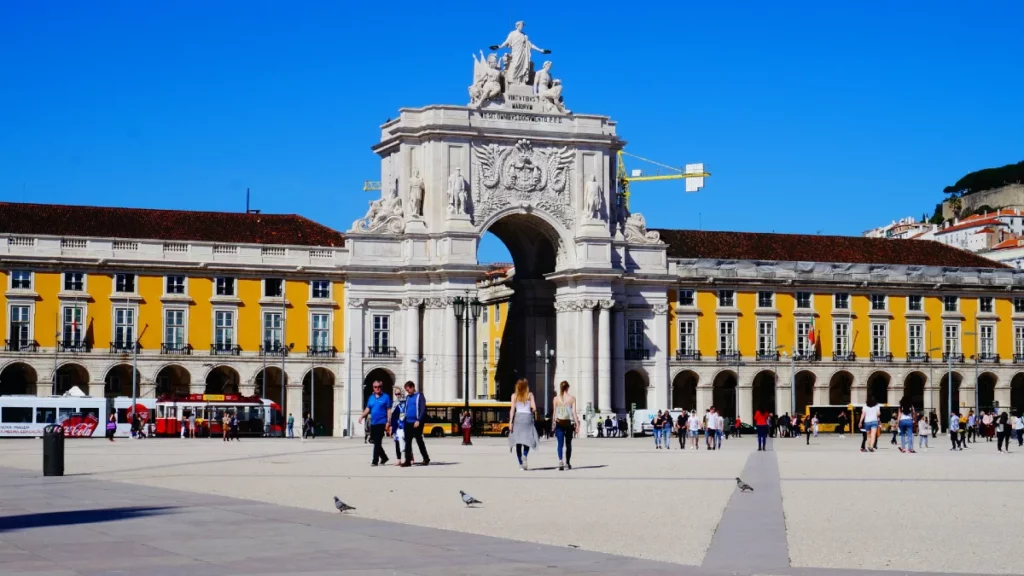
The Arco da Rua Augusta is a grand triumphal arch in the heart of Lisbon, symbolizing the city’s resilience after the deadly 1755 Lisbon earthquake, followed by a tsunami and fire that crushed the city. Originally, it was designed to be a bell tower. But later, the monument was shaped into an arch to commemorate the city’s reconstruction after the tragic event that took 100 years to build.
It offers a stunning viewpoint from the top, where visitors can see the bustling Praça do Comércio and the Tagus River. The arch is adorned with statues of historical figures like Vasco da Gama and the Marquis of Pombal.
Tourists can climb to the top for breathtaking panoramic city views while learning about Lisbon’s history through detailed engravings and sculptures on the arch.
Hours: 10 AM to 7 PM
Duration: 4 hours
Location: R. Augusta 2, 1100-053 Lisboa, Portugal. Get Directions
MAAT – Museum of Art, Architecture, & Technology
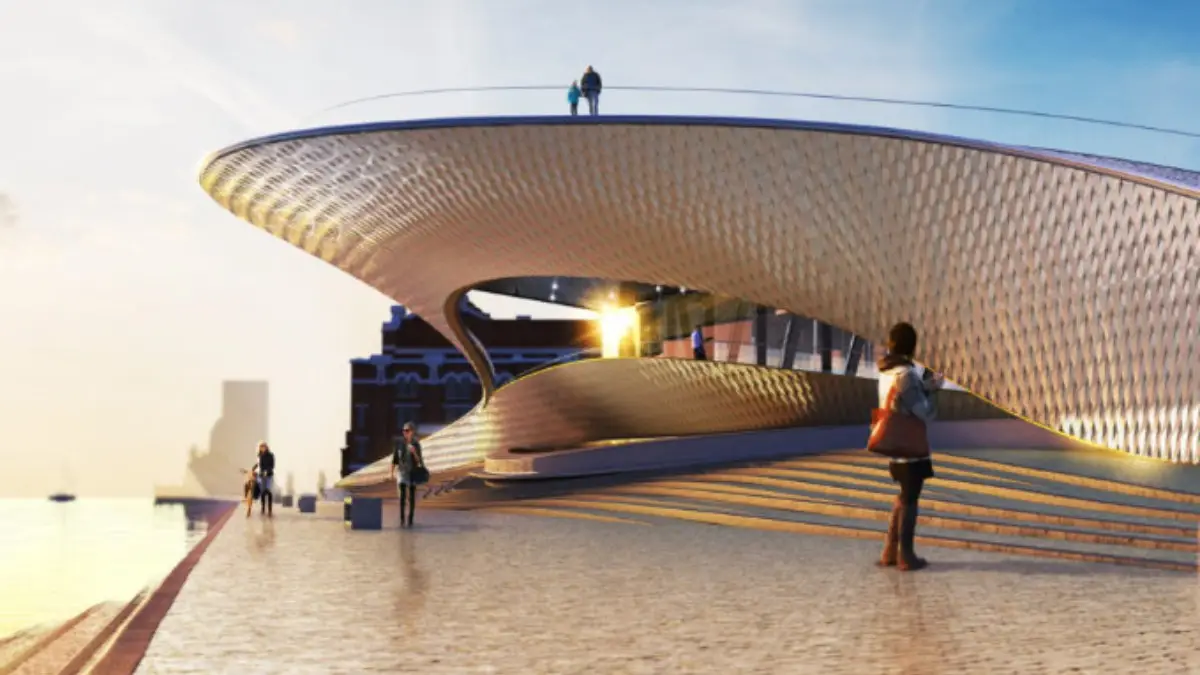
MAAT is Lisbon’s contemporary museum that explores the intersection of art, design, and technology in a futuristic setting along the Tagus River.
Its modern architecture, wave-like rooftop walkway, and cutting-edge exhibitions make it a favorite among art and architecture lovers.
Visitors can explore thought-provoking exhibitions and enjoy fantastic river views from its rooftop terrace.
Hours: 10 AM to 7 PM (Tuesdays Closed)
Duration: 1 hour
Location: Av. Brasília, 1300-598 Lisboa, Portugal. Get Directions
Miradouros (Viewpoints of Lisbon)
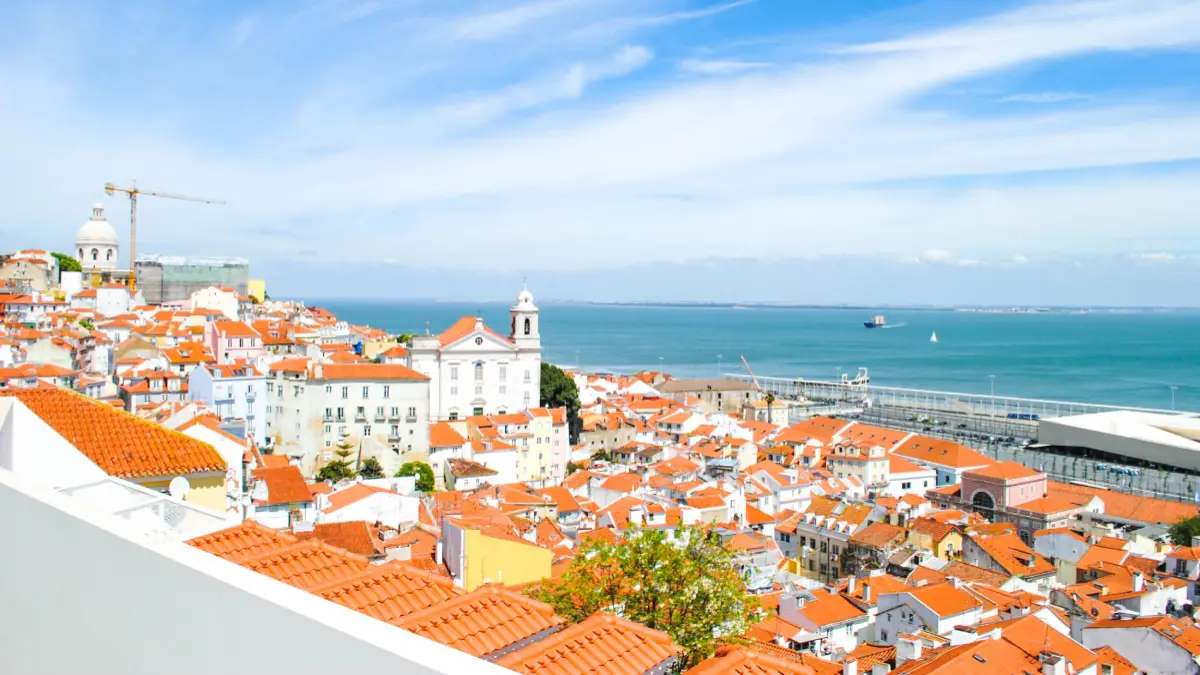
Lisbon is famous for its scenic viewpoints (miradouros), which provide stunning views over the city’s red rooftops and the Tagus River.
Some of the best viewpoints include Miradouro de Santa Catarina, Miradouro da Senhora do Monte, and Miradouro de São Pedro de Alcântara.
These spots are perfect for enjoying Lisbon’s sunset, capturing postcard-worthy photos, and soaking in the city’s relaxed atmosphere.
Hours: Always open for visitors.
Duration: 1 day
Location: Lisbon, Portugal. Get Directions
Lisbon Cathedral (Sé de Lisboa)
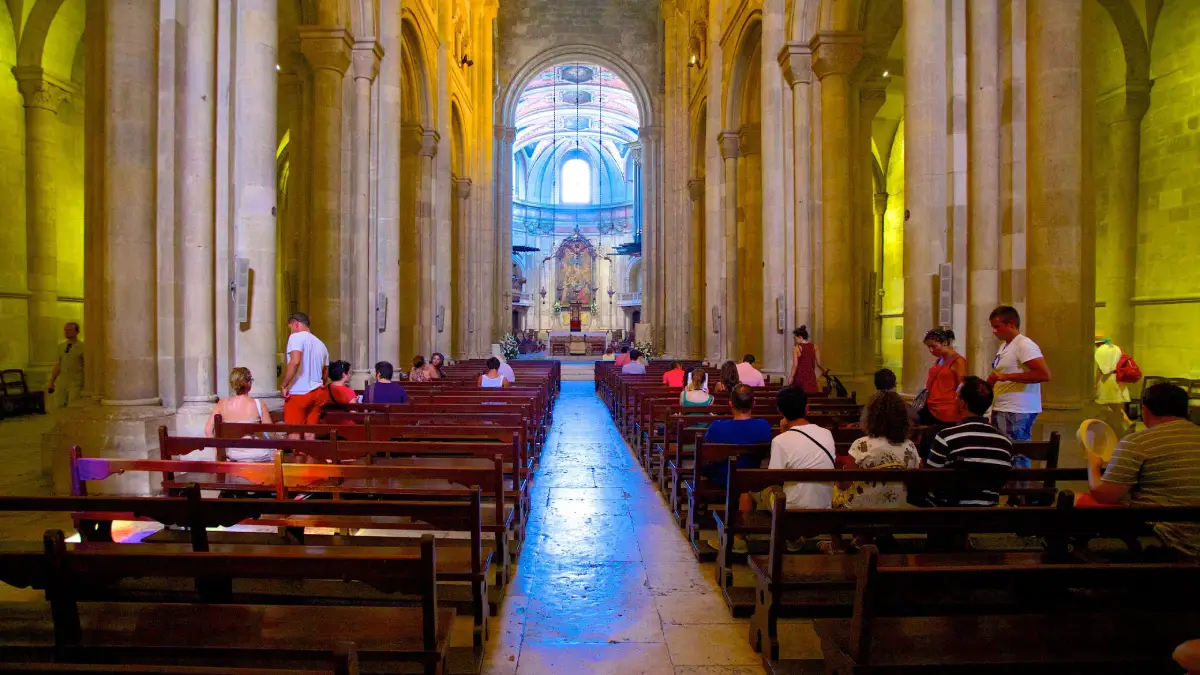
Lisbon Cathedral is the city’s oldest church, dating back to the 12th century, and one of its most important religious landmarks.
Built in a mix of Romanesque, Gothic, and Baroque styles, the cathedral has survived earthquakes and historical changes over the centuries.
Visitors can explore its cloisters and discover ancient archaeological remains within its walls.
Hours: 10 AM to 6 PM (Sundays Closed)
Duration: 3 hours
Location: Largo da Sé 1, 1100-585 Lisboa, Portugal. Get Directions
25 de Abril Bridge
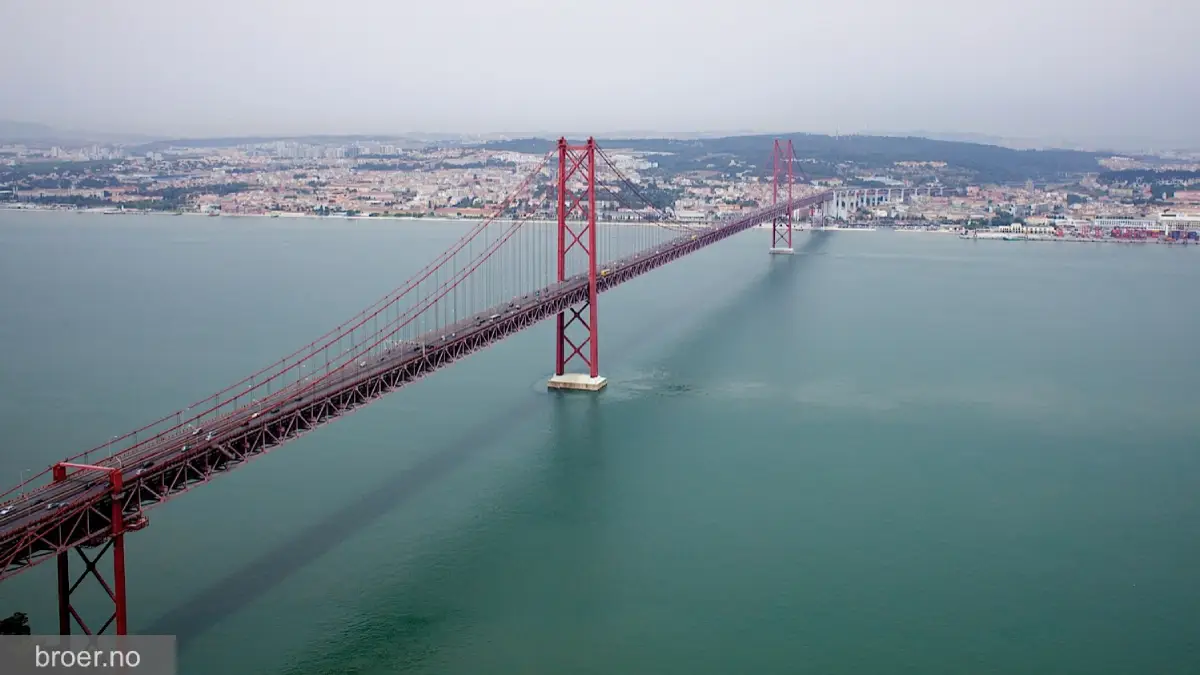
The 25 de Abril Bridge is Lisbon’s iconic suspension bridge, often compared to San Francisco’s Golden Gate Bridge due to its striking red color.
Spanning the Tagus River, this impressive structure connects Lisbon to Almada and offers stunning city views, especially at sunset.
While visitors can’t walk across the bridge, they can admire it from scenic spots like Cristo Rei or take a boat cruise under it for a spectacular perspective.
Hours: Always open to visitors.
Duration: 2 hours
Location: Lisbon, Portugal. Get Directions
Calouste Gulbenkian Museum
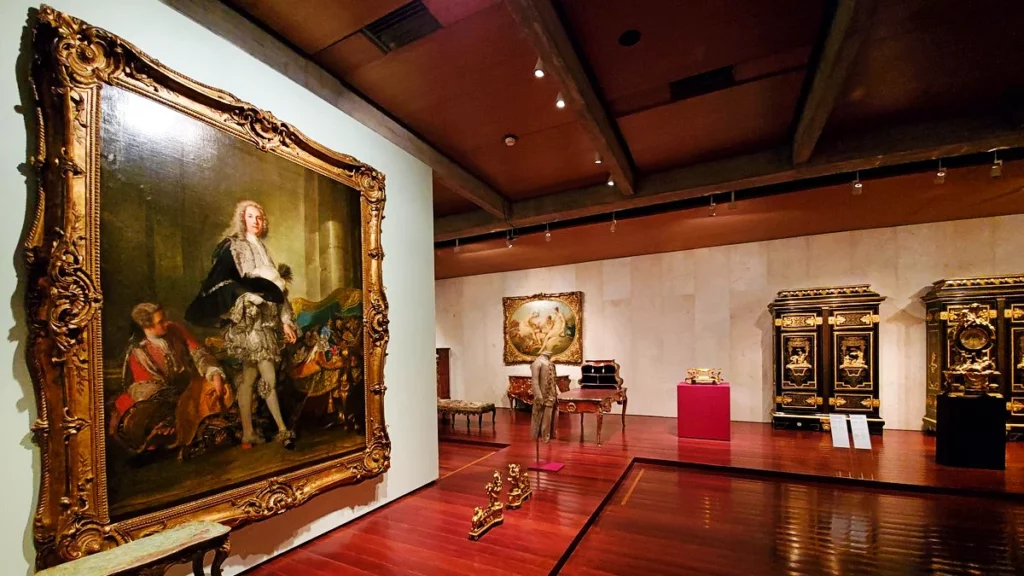
The Calouste Gulbenkian Museum, architected by Ruy Jervis d’Athouguia, Pedro Cid, and Alberto Pessoa, is one of Lisbon’s most prestigious museums.
It features diverse artwork spanning 5,000 years, including Egyptian artifacts, Islamic art, European paintings, and stunning jewelry by René Lalique. The museum is known for its carefully curated collection that showcases both Eastern and Western artistic influences.
Art lovers and history buffs will appreciate the museum’s elegant galleries and tranquil gardens. It offers a quiet, enriching experience away from the city’s bustling streets.
Visit and get to know how diverse or unique civilizations were.
Hours: 10 AM to 6 PM
Duration: 3 hours
Location: Av. de Berna 45A, 1067-001 Lisboa, Portugal. Get Directions
National Tile Museum (Museu Nacional do Azulejo)
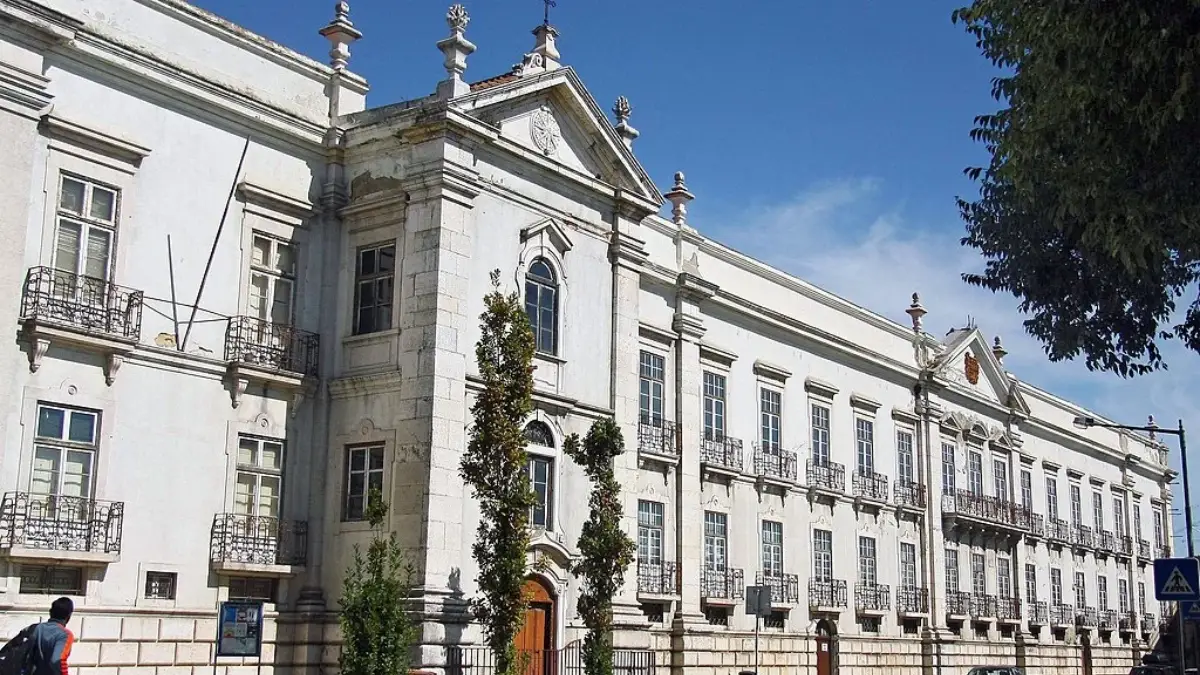
The National Tile Museum is dedicated to Portugal’s famous azulejo tiles, showcasing centuries of tile art in a former convent.
The museum displays beautifully painted tiles from different eras, including Lisbon’s impressive 23-meter-long panoramic tile mural before the 1755 earthquake.
Art lovers and history buffs will appreciate the detailed craftsmanship and cultural significance of Portugal’s most iconic art form.
Hours: 10:00 AM to 1:00 PM and 2:00 PM to 6:00 PM (Mondays Closed)
Duration: 1 day
Location: R. Me. Deus 4, 1900-312 Lisboa, Portugal. Get Directions
Luz Stadium & Benfica Museum
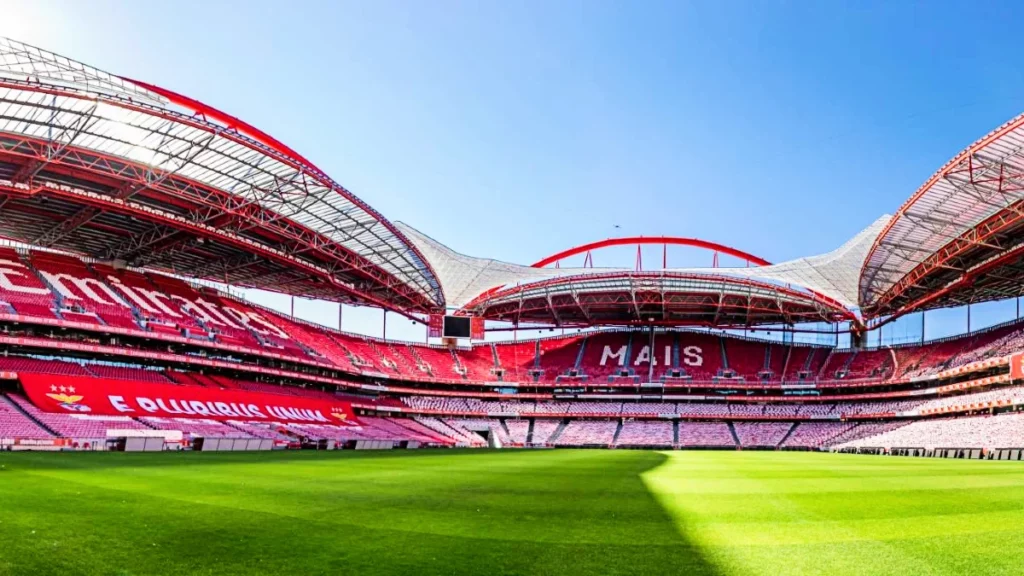
Estádio da Luz, or the Luz Stadium, has served as the home ground for SL Benfica for domestic and international championships since 2003. The stadium has hosted major football events, including the UEFA Champions League final.
The city loves soccer so much that the Luz Stadium and Benfica Museum were established to celebrate the club’s legacy and promote sports. Museu Benfica Cosme Damião, also known as the Benfica Museum displays trophies, memorabilia, and insights into the club’s rich history.
Football fans shouldn’t miss a chance to tour the stadium, walk through the players’ tunnel, and visit the museum. Even non-football enthusiasts will enjoy the electrifying atmosphere and behind-the-scenes access.
Hours: 9:30 AM to 7 PM
Duration: 1 day
Location: Av. Eusébio da Silva Ferreira Porta 9, 1500-313 Lisboa, Portugal. Get Directions
Monserrate Palace
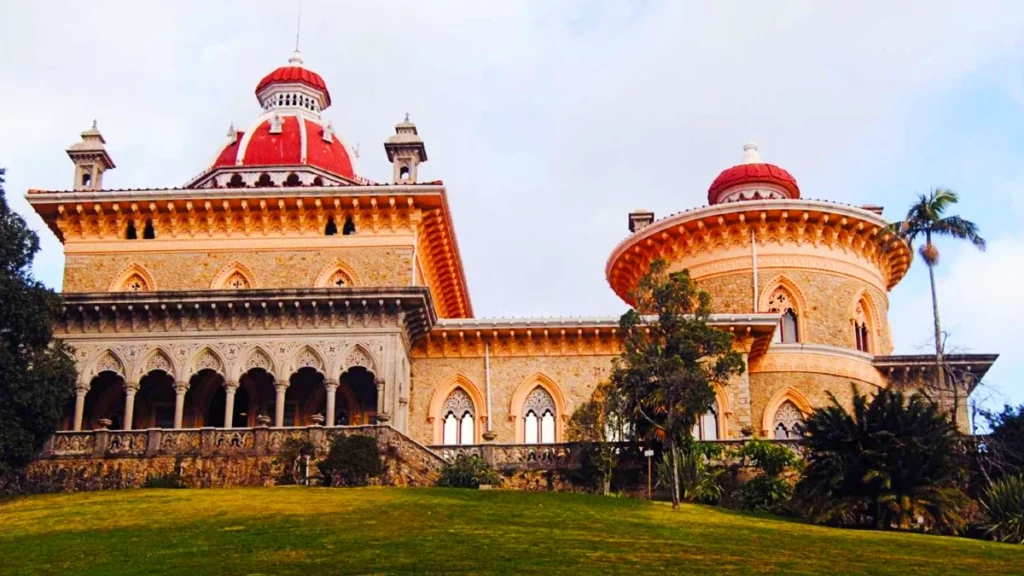
The Monserrate Palace or Palácio de Monserrate is a stunning 19th-century palace in Sintra foothills, blending Gothic, Moorish, and Indian architectural styles.
The palace was once a retreat for wealthy aristocrats and is known for its exotic design and lush botanical gardens. Romanticism and Mudéjar Moorish Revival architecture influenced the palace’s design with some Neo-Gothic elements, making it one of Sintra’s hidden gems.
In 1995, UNESCO defined the Park of Monserrate as a World Heritage Cultural Landscape, which is why visiting the palace is a must.
Hours: 9:30 AM to 6 PM
Duration: 1:30 hours
Location: R. Barbosa du Bocage 136, 2710-405 Sintra, Portugal. Get Directions
Lisbon Tram 28
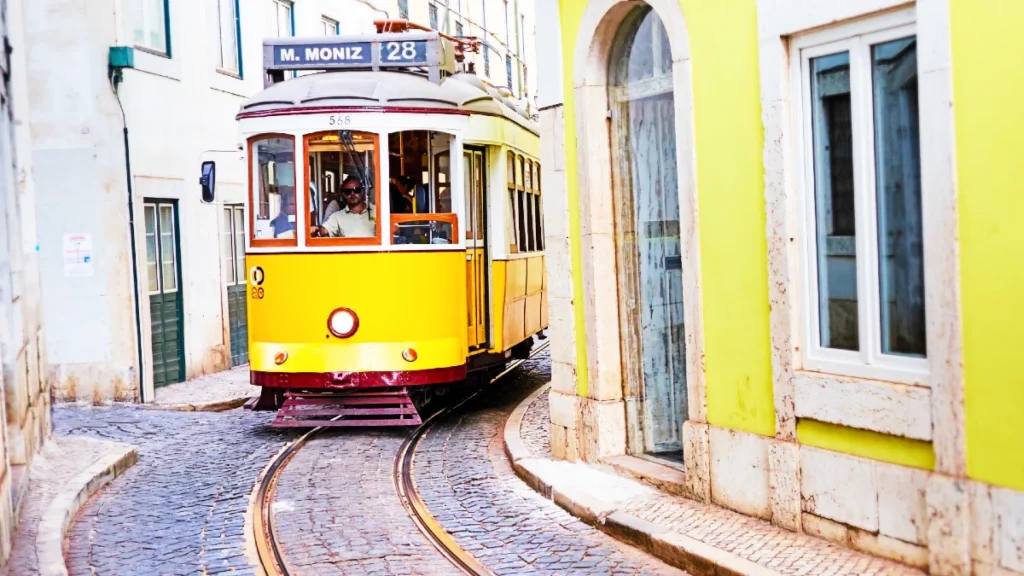
Tram 28 is Lisbon’s most iconic tram, winding through the city’s historic neighborhoods, including Alfama, Baixa, and Graça.
This vintage tram offers a picturesque ride through Lisbon’s narrow streets, taking sharp turns while climbing steep hills and passing major landmarks like St. George’s Castle, the Sé Cathedral, and the Church of São Vicente de Fora.
A ride on Tram 28 is a nostalgic and affordable way to explore Lisbon’s old-world charm. It’s a must-do for first-time visitors who want to experience the city like a local in the comfort of their seats.
Hours: 6 AM to 10:30 PM
Duration: 2 hours
Location: Praça Martim Moniz 577, 1100-341 Lisboa, Portugal. Get Directions
Related reading
Castle of the Moors
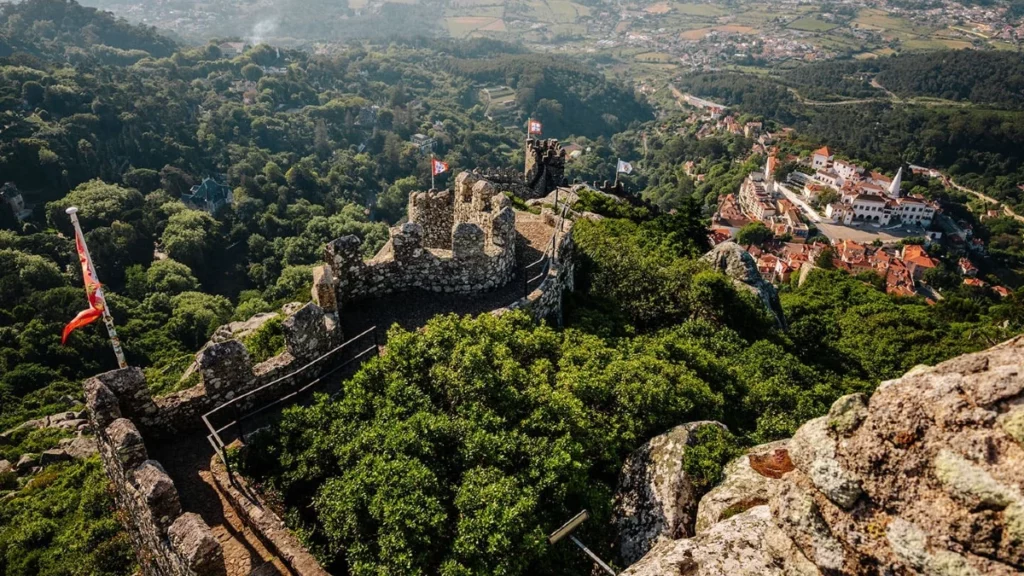
The Castle of the Moors is a medieval fortress located in the hills of Sintra, just outside Lisbon. It dates back to the 9th century and was built during the Moorish occupation of Portugal.
The castle ruins provide some of the most spectacular views over Sintra hills and the Atlantic Ocean. Its ancient stone walls and towers tell the story of centuries of battles and conquests.
Tourists can enjoy a scenic hike to this UNESCO World Heritage Site, walk along its fortified walls, and enjoy breathtaking views.
Hours: 9:30 AM to 6:30 PM
Duration: 1 hour
Location: 2710-405 Sintra, Portugal. Get Directions
Fado in Chiado

Fado, which means fate or destiny, is one of Portugal’s most popular and loved music genres that emerged during the early 19th century. Fado in Chiado is a live performance venue in Lisbon where visitors can experience Portugal’s soulful and melancholic traditional music.
The venue hosts professional Fado singers accompanied by Portuguese guitarists, creating a mesmerizing atmosphere that reflects Lisbon’s cultural identity. The performances capture the emotion of saudade—a deep sense of longing and nostalgia.
In 2011, UNESCO added Fado to its Representative List of the Intangible Cultural Heritage of Humanity. The show is short yet captivating, perfect for an evening of culture and entertainment.
Hours: Opening Hours: 1:00 PM – 8:00 PM ; Show Time: 7:00 PM (Sundays Closed)
Duration: 1 hour
Location: R. da Misericórdia 14, 1200-443 Lisboa, Portugal. Get Directions
Helicopter tours in Lisbon

A helicopter tour in Lisbon covering the city’s coastal location and diverse topography gives a visual delight from the sky.
Helicopter rides provide an aerial perspective of Lisbon’s top attractions, including the 25 de Abril Bridge, Belém Tower, Jerónimos Monastery and the stunning Atlantic coastline.
For those looking to add adventure to their trip, a helicopter tour offers an unforgettable experience. It’s perfect for photographers, couples, and thrill-seekers who want a new way to explore Lisbon’s beauty.
Hours: Starts at 9 AM
Duration: 1 hour
Location: Passeio Marítimo de Algés, Algés, Portugal. Get Directions
HIPPOtrip Lisbon

HIPPOtrip is a unique sightseeing tour that takes visitors around Lisbon in an amphibious vehicle that runs on both land and water.
The guided tour covers key sites like Praça do Comércio and the Tagus River.
HIPPOtrip is a fun-filled adventure perfect for families and travelers looking for an interactive way to explore Lisbon. Try this new mode of transport touring that is thrilling and makes your tour more memorable.
Hours: 9 AM to 6 PM
Duration: 1:30 hours
Location: Doca de Santo Amaro, Edifício Hippotrip, 1350-353 Lisboa, Portugal. Get Directions
Lisbon Cable Car
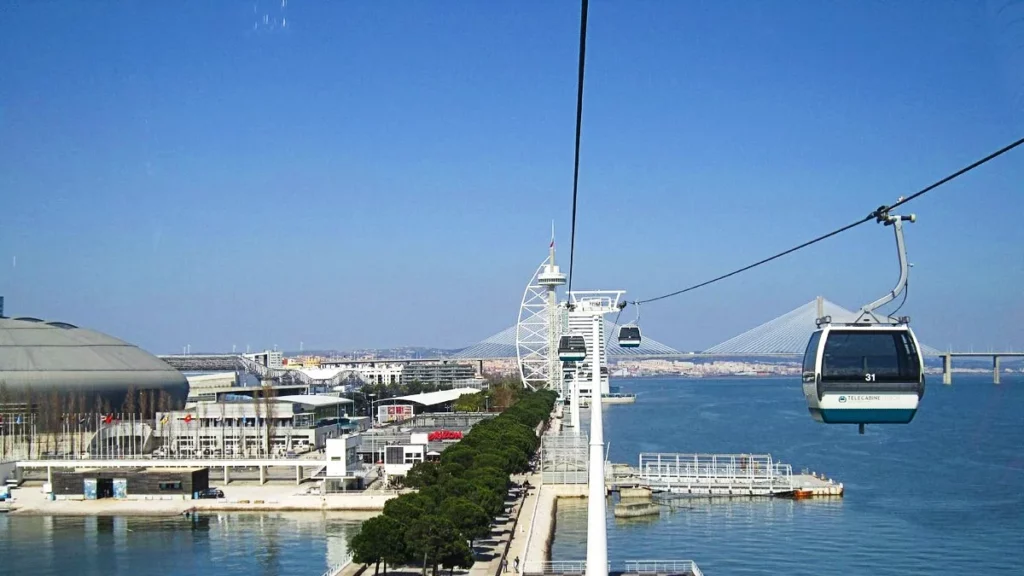
The Lisbon Cable Car (Telecabine Lisboa) is a scenic gondola lift that glides over the Tagus River, offering panoramic views of the Parque das Nações district.
It showcases landmarks like the Vasco da Gama Tower, the Oceanário de Lisboa, and the scenic riverside promenade.
This relaxing ride is perfect for travelers who want a phenomenal view of Lisbon’s contemporary architecture. It’s a great experience for families, photographers, and anyone looking to enjoy a peaceful journey above the river.
Hours: 11 AM to 6 PM
Duration: 12 minutes
Location: Estação Norte, Passeio das Tágides, 1990-280 Lisboa, Portugal. Get Directions
Lisbon Sunset Cruise

A Lisbon sunset cruise is a leisurely boat tour along the Tagus River, allowing visitors to witness the city’s landmarks bathed in golden hues as the sun sets.
Cruises offer stunning views of Belém Tower, the 25 de Abril Bridge, Cristo Rei, and the Lisbon skyline, all while enjoying a relaxing atmosphere with music, drinks, and sometimes even live commentary.
The combination of a beautiful sunset and gentle river breeze makes an unforgettable evening for couples, families, and solo travelers looking for a romantic or tranquil way to see Lisbon.
Hours: 6:45 PM to 9:15 PM
Duration: 2 hours
Location: Meeting Point. Get Directions
Lisbon Zoo
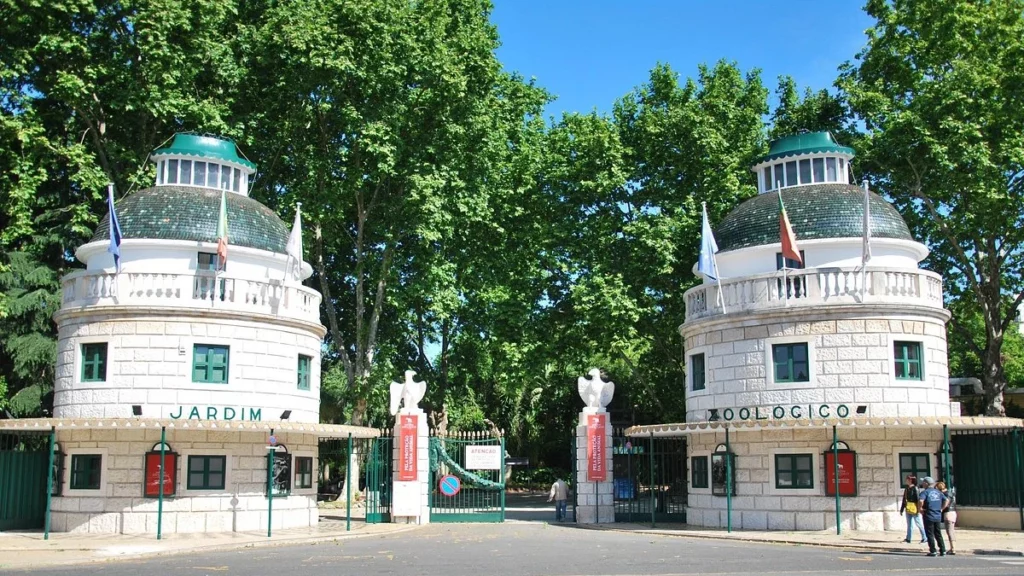
Lisbon Zoo (Jardim Zoológico de Lisboa) is a family-friendly attraction founded in 1884 that houses over 2,000 animals of more than 300 species worldwide.
This zoo helps kids and adults learn about animals, wildlife conservation, and how illegal trafficking affects our ecosystem. It also offers exciting experiences like cable car rides over the enclosures and an interactive farm area.
Perfect for families and animal lovers. The well-maintained habitats and engaging animal shows make it a great day out for all ages.
Hours: 10 AM to 8 PM
Duration: 4 hours
Location: Praça Marechal Humberto Delgado, 1549-004 Lisboa, Portugal. Get Directions
Lisboa Story Centre
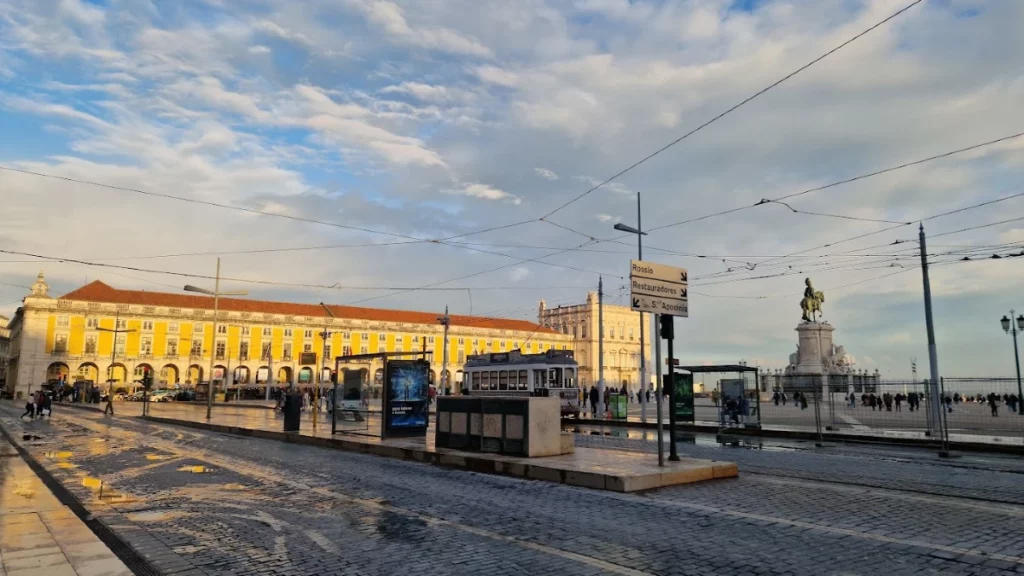
The Lisbon Story Centre is an interactive museum dedicated to the history of Lisbon, located in the famous Praça do Comércio, Alfama, Lisbon.
This multimedia experience takes visitors through Lisbon’s past, from its early settlements to the devastating Lisbon 1755 earthquake and its rise as a modern capital.
Engage in this immersive storytelling experience, which brings Lisbon’s rich heritage to life through audio guides, lifelike exhibits, and engaging visual displays.
Hours: 10 AM to 7 PM
Duration: 1 hour
Location: Praça do Comércio 78, 1100-148 Lisboa, Portugal. Get Directions
Lourinhã Dino Park
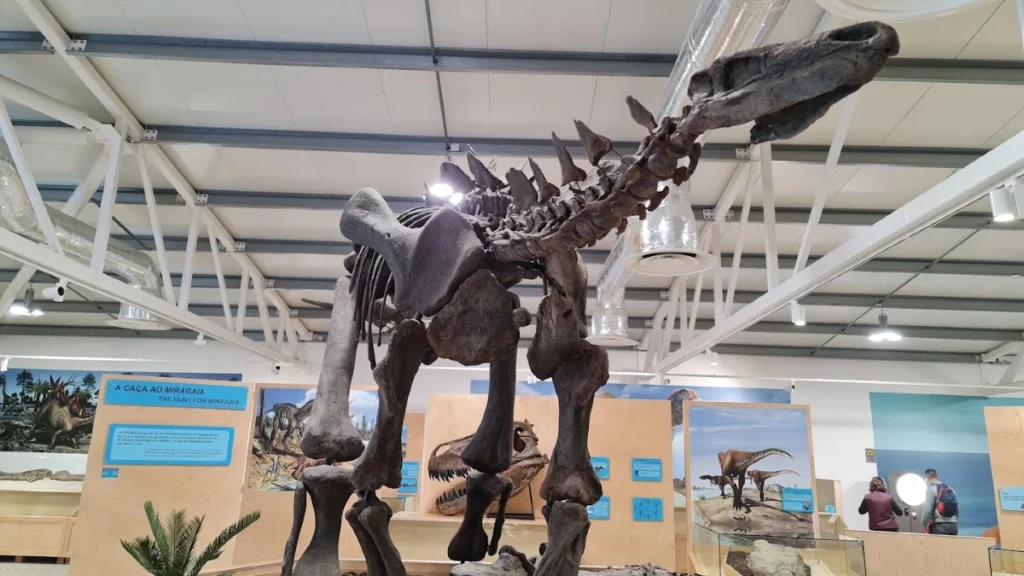
Lourinhã Dino Park is Europe’s largest outdoor dinosaur theme park in Lourinhã, Portugal, just an hour from Lisbon.
The park covers an area of approximately 10 hectares with over 120 models of life-size dinosaur models, fossil exhibits, and interactive learning zones based on real discoveries from the Lourinhã region, known for its prehistoric significance.
Ideal for families and dinosaur fans, this park offers an exciting mix of education and adventure. Visitors can walk among realistic dinosaur replicas, participate in fossil digs, and explore prehistoric-themed attractions.
Hours: 10 AM to 6 PM
Duration: 1:30 hours
Location: R. Vale dos Dinossauros 25, Abelheira, 2530-059 Lourinhã, Portugal. Get Directions
National Palace and Gardens of Queluz
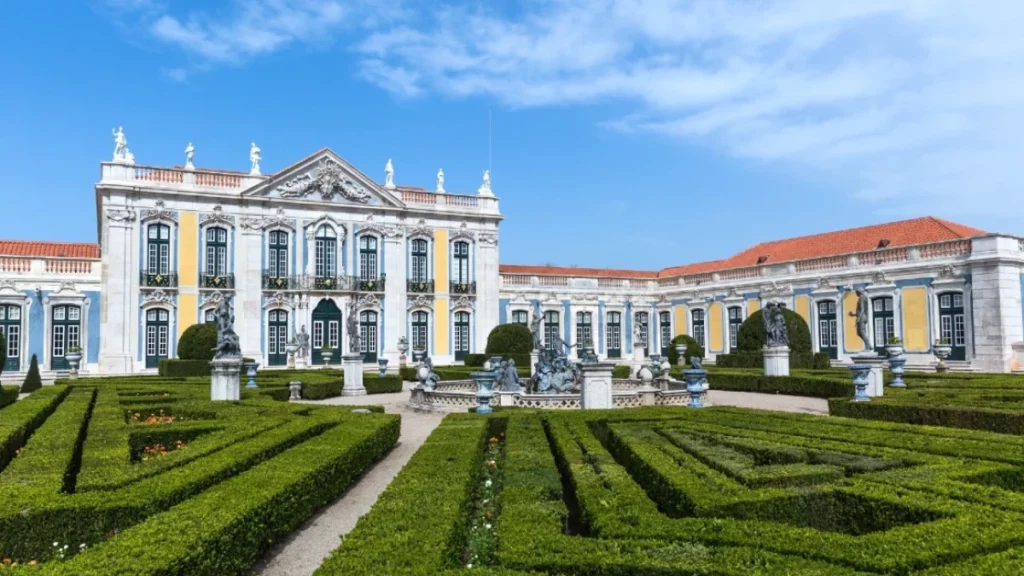
The National Palace of Queluz is an 18th-century palace often referred to as Portugal’s Versailles, known for its Baroque and Rococo architecture.
Once a royal summer residence of two generations of monarchs, the palace is famous for its grand halls, frescoes, and gardens with fountains and sculptures.
Tourists can step back in time and experience Portugal’s royal heritage. The beautifully preserved interiors and picturesque gardens make it a great day trip from Lisbon.
Hours: 9:00 AM to 6:00 PM (Palace) and 6:30 PM (Gardens)
Duration: 3 hours
Location: Largo Palácio de Queluz, 2745-191 Queluz, Portugal. Get Directions
National Palace of Sintra
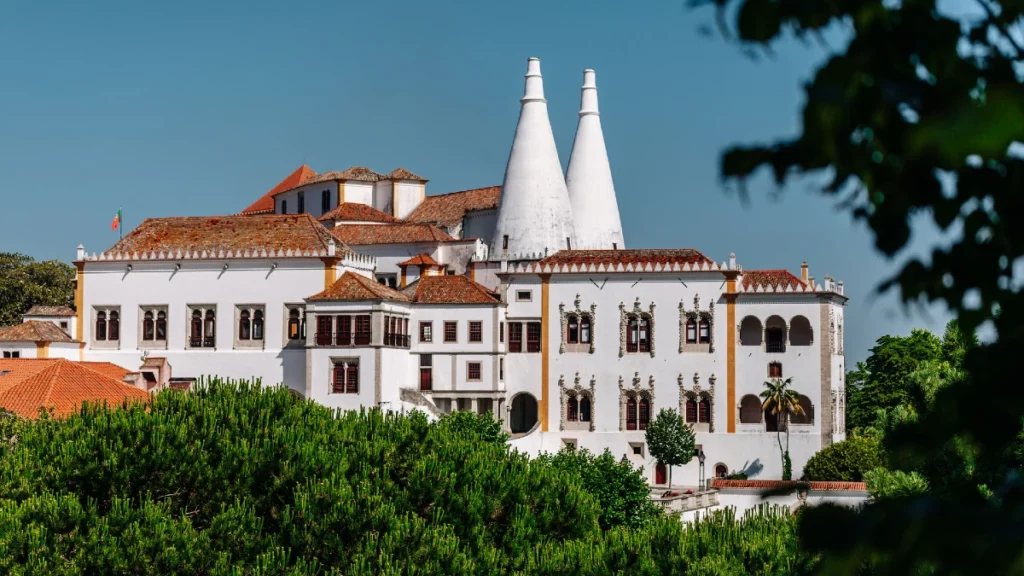
The National Palace, also known as Palácio da Vila (The Town Palace) of Sintra, is Portugal’s best-preserved medieval royal palace in the heart of Sintra. The palace dates back to the 9th century when the Moorish governors built their residence on the site.
It features distinctive twin chimneys, exquisite tilework, and richly decorated rooms that showcase centuries of royal history. It was declared a UNESCO World Heritage site in 1995.
History enthusiasts will love exploring its grand halls and unique architectural elements. Its central location in Sintra makes it an easy stop for visitors.
Hours: 9:30 AM to 6:30 PM
Duration: 4 hours
Location: Largo Rainha Dona Amélia, 2710-616 Sintra, Portugal. Get Directions
Pena Palace
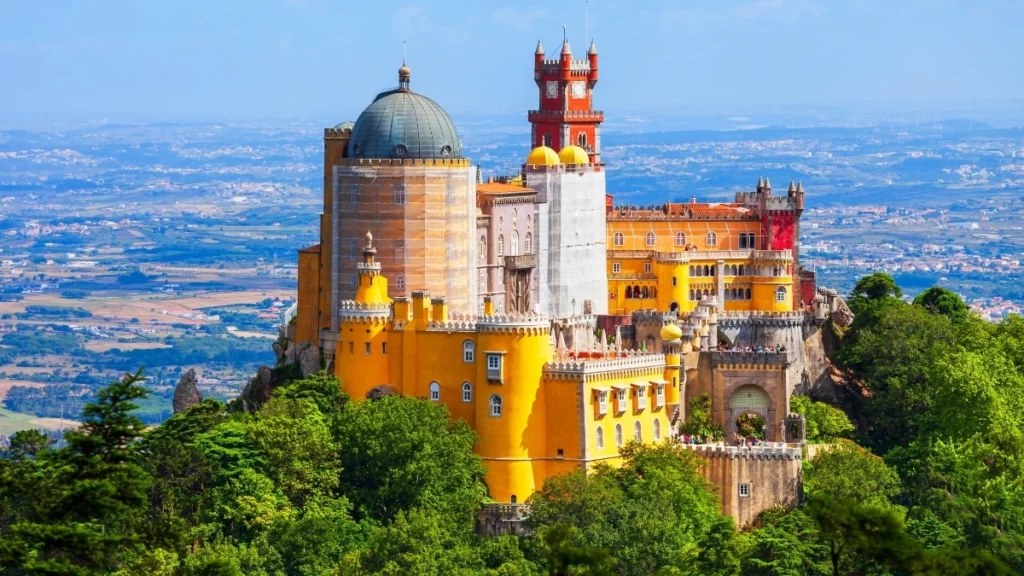
The National Palace of Pena is a colorful hilltop palace in Southern Portugal, on top of São Pedro de Penaferrim of Sintra, known for its fairy-tale appearance and Romanticist architecture.
This UNESCO World Heritage site is one of the most romantic castles in the world, famous for its vivid colors, whimsical towers, and breathtaking panoramic views over the Sintra Mountains and the Atlantic Ocean.
A visit to Pena Palace feels like stepping into a storybook, making it one of Portugal’s most visited landmarks.
Hours: 9:30 AM to 6:30 PM
Duration: 2 hours
Location: Estrada da Pena, 2710-609 Sintra, Portugal. Get Directions
Quinta da Regaleira
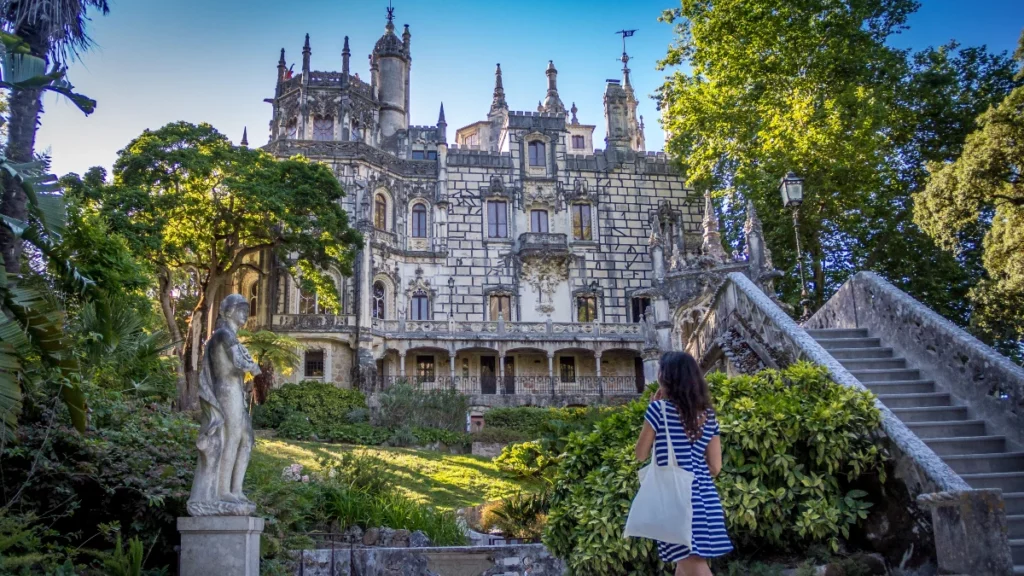
Quinta da Regaleira is a mysterious and enchanting estate in Sintra, famous for its secret tunnels, hidden symbols, and Gothic architecture, making it a must-visit for adventure seekers.
It was built between 1904 and 1910 by the wealthy businessman António Augusto Carvalho Monteiro and covers an area of approximately 4 hectares.
The estate is best known for the Initiation Well, an underground spiral staircase that resembles a mystical portal. Its gardens are filled with hidden passageways and symbolic elements linked to alchemy and Freemasonry.
Hours: 10 AM to 7:30 PM
Duration: 3 hours
Location: 2710-567 Sintra, Portugal. Get Directions
Royal Treasure Museum

The Royal Treasure Museum or Museu do Tesouro Real Lisboa showcases jewelry, including crowns, precious stones and gems, goldsmith items, and objects that once Portuguese royal families owned.
One of the largest vaults in the world and an extremely advanced security system was constructed to house the largest collections of extremely high-value royal treasures in Europe.
Visitors can see priceless artifacts on display highlighting Portugal’s rich monarchical past.
Hours: 10 AM to 6 PM
Duration: 3 hours
Location: Calçada da Ajuda, 1300-012 Lisboa, Portugal. Get Directions
Cristo Rei Statue
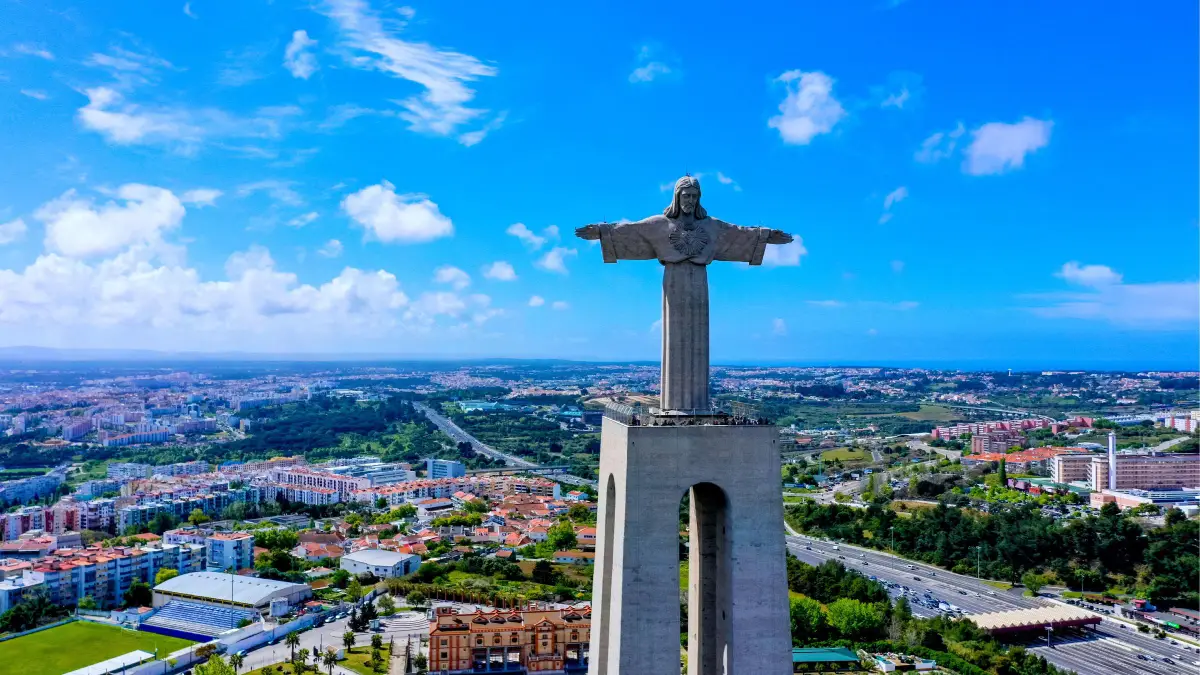
The Cristo Rei Statue is a towering monument of Christ that overlooks Lisbon from the opposite bank of the Tagus River in Almada.
Inspired by Brazil’s Christ the Redeemer, the 110-meter-high statue offers panoramic views of Lisbon, the Tagus River, and the 25 de Abril Bridge.
For those seeking incredible cityscapes and a peaceful retreat, a visit to Cristo Rei is well worth it. It’s easily accessible via ferry and a short bus ride.
Hours: 9 AM to 7 PM
Duration: 2 hours
Location: Av. do Cristo Rei, 2800-058 Almada, Portugal. Get Directions
Pastéis de Belém Bakery
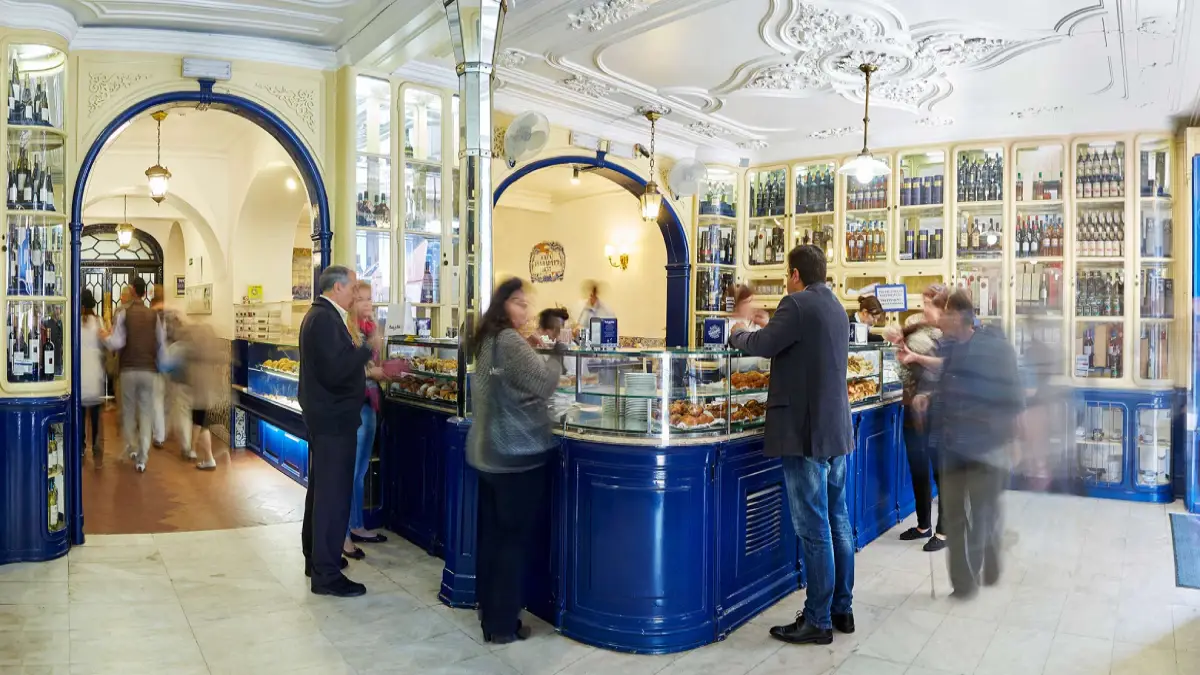
Pastéis de Belém is a historic bakery in the Belém district, famous for creating Lisbon’s most iconic pastry, the pastel de nata.
This legendary spot has been serving custard tarts made from a secret recipe since 1837, drawing visitors worldwide.
A trip to Lisbon is incomplete without tasting these delicious, flaky pastries. The bakery’s rich history and mouthwatering treats make it a must-visit.
Hours: 8 AM to 9 PM
Duration: 3 hours
Location: R. de Belém 84 92, 1300-085 Lisboa, Portugal. Get Directions
Bairro Alto
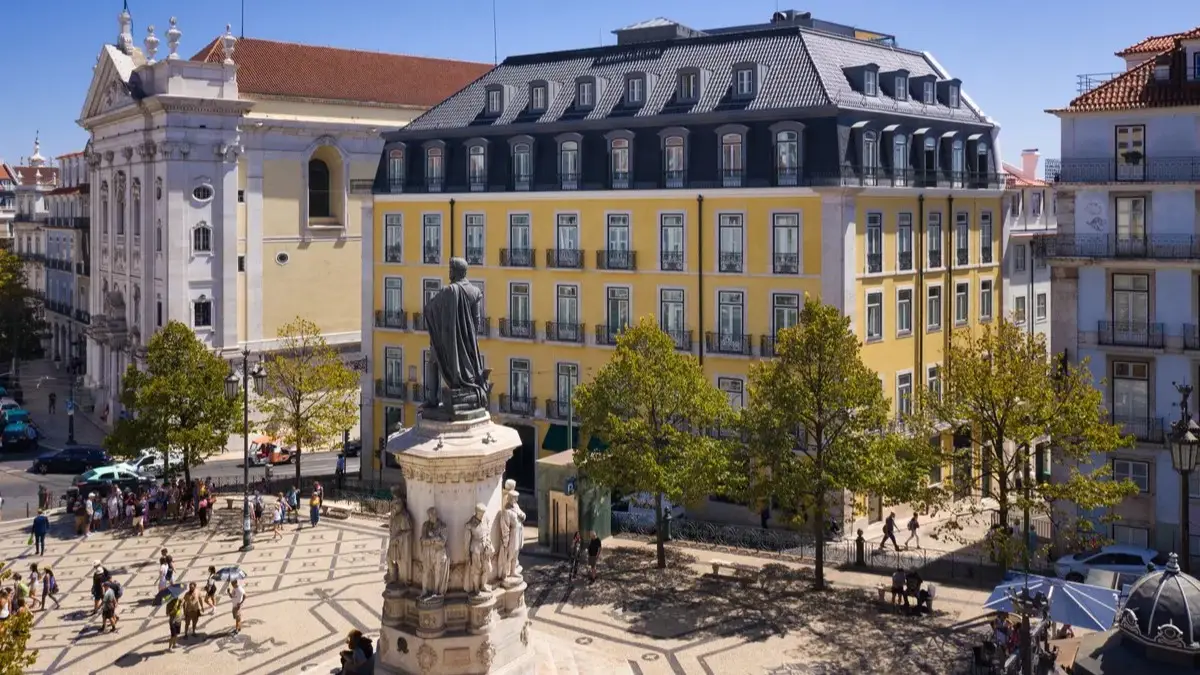
Bairro Alto is Lisbon’s most famous nightlife district, packed with bars, Fado houses, and lively streets that come alive after dark.
The area is known for its traditional taverns, vibrant rooftop bars, and a mix of locals and tourists enjoying the energetic nightlife.
Whether you’re looking for an authentic Fado performance, a trendy cocktail lounge, or a bustling street party, Bairro Alto has something for everyone.
Hours: Always open for visitors.
Duration: 1 day
Location: Margueira, Lisbon, Portugal. Get Directions
3D Fun Art Museum
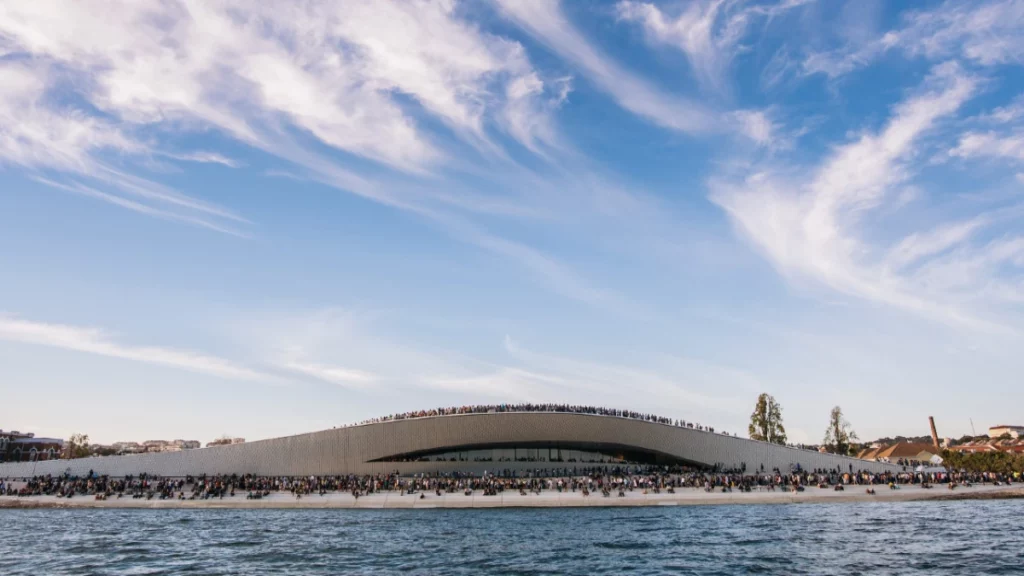
Take a break from the city’s conventional touring, visit the 3D Fun Art Museum, and spend a fun day in Lisbon.
This museum features over forty 3D paintings, trick-art installations, and interactive exhibits that let visitors become part of the artwork through optical illusions and immersive installations. From escaping a shark attack to walking across a broken bridge, each exhibit plays with perspective and imagination.
The museum is a fantastic spot for families, couples, and solo travelers. It’s a great indoor activity, ideal for rainy days, and perfect for social media-worthy pictures.
Hours: 10 AM to 7 PM
Duration: 5 hours
Location: Av. Miguel Bombarda 91, 1050-055 Lisboa, Portugal. Get Directions
Estufa Fria (Lisbon’s Greenhouse Garden)
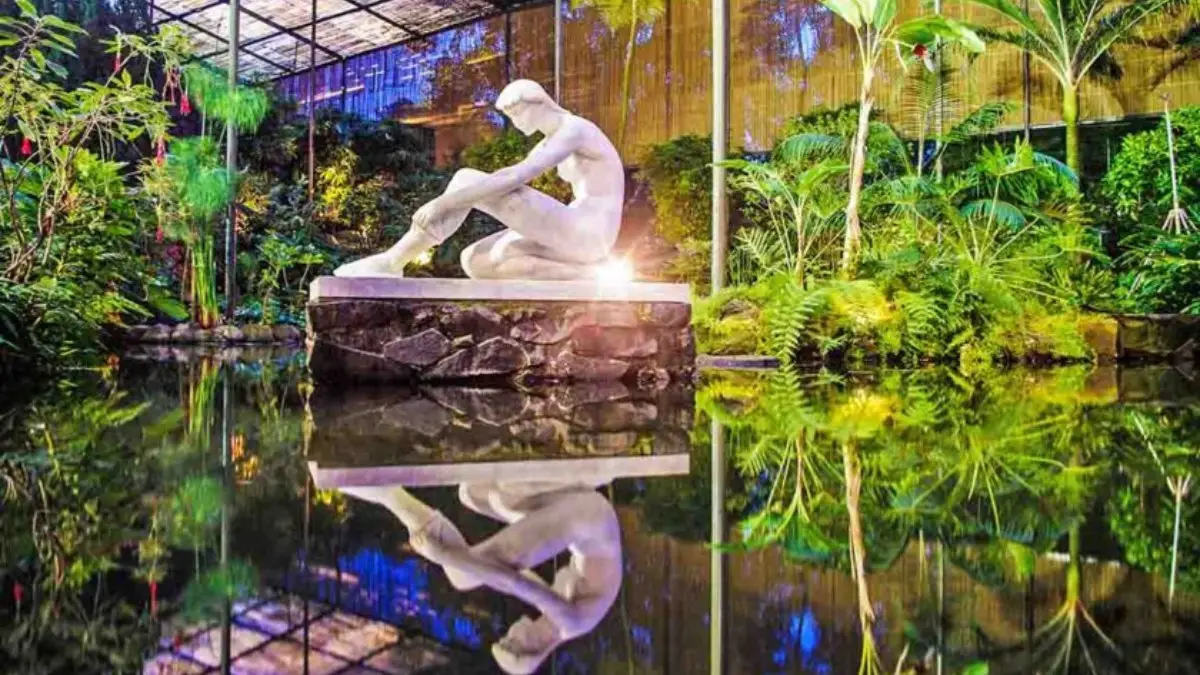
Estufa Fria is a hidden botanical garden in Lisbon’s Eduardo VII Park, featuring lush greenery, exotic plants, and waterfalls.
Divided into three sections—Cold, Warm, and Sweet Greenhouses—it offers a refreshing escape with rare plants worldwide.
This peaceful oasis is perfect for nature lovers looking to relax away from the city’s hustle and bustle.
Hours: 10 AM to 7 PM (Mondays Closed)
Duration: 8 hours
Location: Parque Eduardo VII, 1070-051 Lisboa, Portugal. Get Directions
Cascais & Boca do Inferno
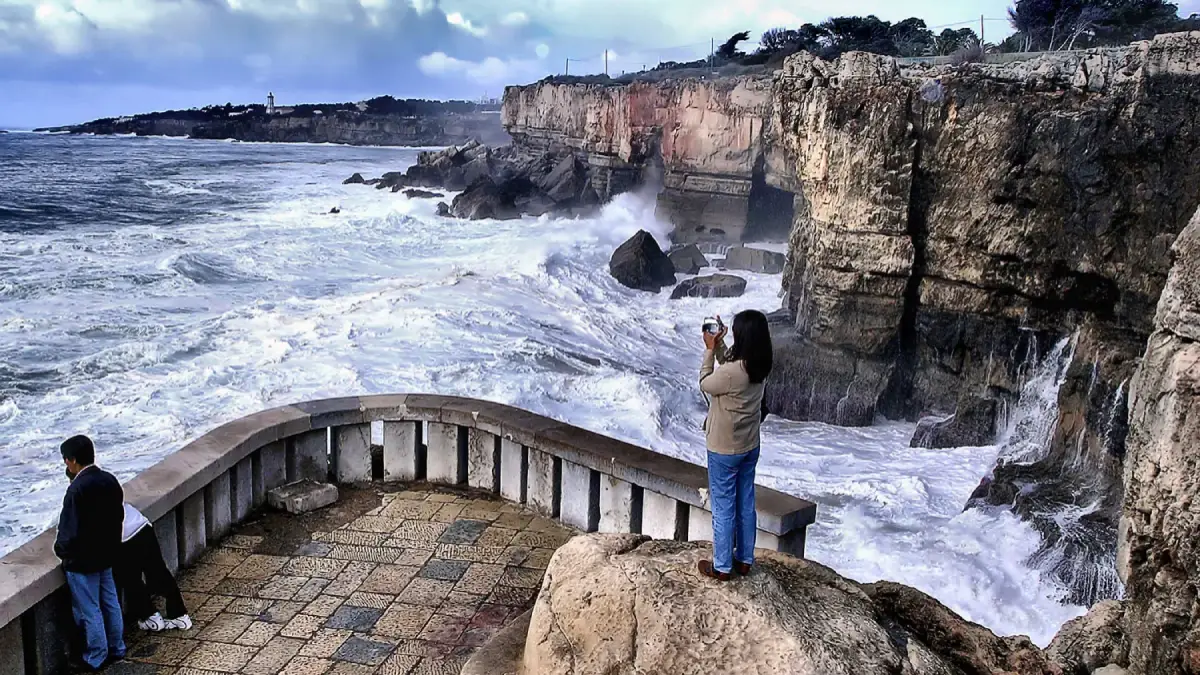
Cascais is a charming coastal town just outside Lisbon, known for its sandy beaches, scenic cliffs, and relaxed atmosphere.
The town’s highlight is Boca do Inferno (Hell’s Mouth), a dramatic sea arch where waves crash against the cliffs, creating an awe-inspiring sight.
Cascais is a great destination for a relaxing day trip. Enjoy beachside dining along with your family, friends, or partner.
Hours: Always open to visitors.
Duration: 9 hours
Location: Av. Rei Humberto II de Itália 642, 2750-642 Cascais, Portugal. Get Directions
Food Tours in Lisbon
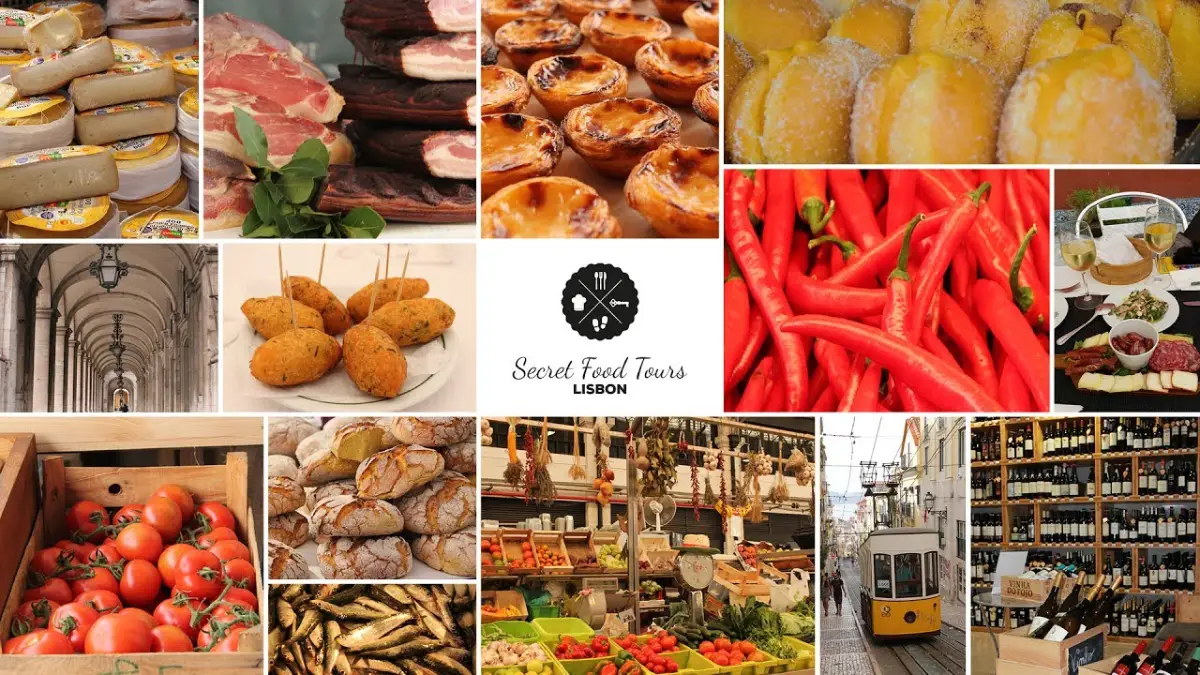
Lisbon’s food scene is known for pastel de nata (custard tart), bacalhau (salted cod dishes), sardinhas assadas (grilled sardines), and ginjinha (cherry liqueur). Tours often include stops at traditional tascas (local taverns), bakeries, and wine bars.
Food tours are a great way to experience Lisbon’s gastronomy like a local. Visitors can discover secret food spots, learn about Portuguese culinary traditions, and enjoy authentic Portuguese flavor tastings guided by experts.
Hours: Always open for visitors.
Duration: 1 day
Location: Get Directions
Things to do in other cities
Hours: 10 AM to 5:30 PM
Duration: 1 hour
Location: Praça do Império 1400-206 Lisboa, Portugal. Get Directions
LX Factory

LX Factory is a trendy creative hub in an old industrial complex filled with unique shops, cafes, art spaces, and restaurants.
It’s known for its street art, independent boutiques, and lively weekend markets showcasing local designers and artisans.
LX Factory is perfect for those looking to experience Lisbon’s modern, artistic side with a mix of culture, food, and shopping.
Hours: 10:30 AM to 10:30 PM on weekdays, and 9:00 AM to 10:30 PM on Saturdays and Sundays.
Duration: 2 hours
Location: R. Rodrigues de Faria 103, 1300-501 Lisboa, Portugal. Get Directions
Arco da Rua Augusta

The Arco da Rua Augusta is a grand triumphal arch in the heart of Lisbon, symbolizing the city’s resilience after the deadly 1755 Lisbon earthquake, followed by a tsunami and fire that crushed the city. Originally, it was designed to be a bell tower. But later, the monument was shaped into an arch to commemorate the city’s reconstruction after the tragic event that took 100 years to build.
It offers a stunning viewpoint from the top, where visitors can see the bustling Praça do Comércio and the Tagus River. The arch is adorned with statues of historical figures like Vasco da Gama and the Marquis of Pombal.
Tourists can climb to the top for breathtaking panoramic city views while learning about Lisbon’s history through detailed engravings and sculptures on the arch.
Hours: 10 AM to 7 PM
Duration: 4 hours
Location: R. Augusta 2, 1100-053 Lisboa, Portugal. Get Directions
MAAT – Museum of Art, Architecture, & Technology

MAAT is Lisbon’s contemporary museum that explores the intersection of art, design, and technology in a futuristic setting along the Tagus River.
Its modern architecture, wave-like rooftop walkway, and cutting-edge exhibitions make it a favorite among art and architecture lovers.
Visitors can explore thought-provoking exhibitions and enjoy fantastic river views from its rooftop terrace.
Hours: 10 AM to 7 PM (Tuesdays Closed)
Duration: 1 hour
Location: Av. Brasília, 1300-598 Lisboa, Portugal. Get Directions
Miradouros (Viewpoints of Lisbon)

Lisbon is famous for its scenic viewpoints (miradouros), which provide stunning views over the city’s red rooftops and the Tagus River.
Some of the best viewpoints include Miradouro de Santa Catarina, Miradouro da Senhora do Monte, and Miradouro de São Pedro de Alcântara.
These spots are perfect for enjoying Lisbon’s sunset, capturing postcard-worthy photos, and soaking in the city’s relaxed atmosphere.
Hours: Always open for visitors.
Duration: 1 day
Location: Lisbon, Portugal. Get Directions
Lisbon Cathedral (Sé de Lisboa)

Lisbon Cathedral is the city’s oldest church, dating back to the 12th century, and one of its most important religious landmarks.
Built in a mix of Romanesque, Gothic, and Baroque styles, the cathedral has survived earthquakes and historical changes over the centuries.
Visitors can explore its cloisters and discover ancient archaeological remains within its walls.
Hours: 10 AM to 6 PM (Sundays Closed)
Duration: 3 hours
Location: Largo da Sé 1, 1100-585 Lisboa, Portugal. Get Directions
25 de Abril Bridge

The 25 de Abril Bridge is Lisbon’s iconic suspension bridge, often compared to San Francisco’s Golden Gate Bridge due to its striking red color.
Spanning the Tagus River, this impressive structure connects Lisbon to Almada and offers stunning city views, especially at sunset.
While visitors can’t walk across the bridge, they can admire it from scenic spots like Cristo Rei or take a boat cruise under it for a spectacular perspective.
Hours: Always open to visitors.
Duration: 2 hours
Location: Lisbon, Portugal. Get Directions
Calouste Gulbenkian Museum

The Calouste Gulbenkian Museum, architected by Ruy Jervis d’Athouguia, Pedro Cid, and Alberto Pessoa, is one of Lisbon’s most prestigious museums.
It features diverse artwork spanning 5,000 years, including Egyptian artifacts, Islamic art, European paintings, and stunning jewelry by René Lalique. The museum is known for its carefully curated collection that showcases both Eastern and Western artistic influences.
Art lovers and history buffs will appreciate the museum’s elegant galleries and tranquil gardens. It offers a quiet, enriching experience away from the city’s bustling streets.
Visit and get to know how diverse or unique civilizations were.
Hours: 10 AM to 6 PM
Duration: 3 hours
Location: Av. de Berna 45A, 1067-001 Lisboa, Portugal. Get Directions
National Tile Museum (Museu Nacional do Azulejo)

The National Tile Museum is dedicated to Portugal’s famous azulejo tiles, showcasing centuries of tile art in a former convent.
The museum displays beautifully painted tiles from different eras, including Lisbon’s impressive 23-meter-long panoramic tile mural before the 1755 earthquake.
Art lovers and history buffs will appreciate the detailed craftsmanship and cultural significance of Portugal’s most iconic art form.
Hours: 10:00 AM to 1:00 PM and 2:00 PM to 6:00 PM (Mondays Closed)
Duration: 1 day
Location: R. Me. Deus 4, 1900-312 Lisboa, Portugal. Get Directions
Luz Stadium & Benfica Museum

Estádio da Luz, or the Luz Stadium, has served as the home ground for SL Benfica for domestic and international championships since 2003. The stadium has hosted major football events, including the UEFA Champions League final.
The city loves soccer so much that the Luz Stadium and Benfica Museum were established to celebrate the club’s legacy and promote sports. Museu Benfica Cosme Damião, also known as the Benfica Museum displays trophies, memorabilia, and insights into the club’s rich history.
Football fans shouldn’t miss a chance to tour the stadium, walk through the players’ tunnel, and visit the museum. Even non-football enthusiasts will enjoy the electrifying atmosphere and behind-the-scenes access.
Hours: 9:30 AM to 7 PM
Duration: 1 day
Location: Av. Eusébio da Silva Ferreira Porta 9, 1500-313 Lisboa, Portugal. Get Directions
Monserrate Palace

The Monserrate Palace or Palácio de Monserrate is a stunning 19th-century palace in Sintra foothills, blending Gothic, Moorish, and Indian architectural styles.
The palace was once a retreat for wealthy aristocrats and is known for its exotic design and lush botanical gardens. Romanticism and Mudéjar Moorish Revival architecture influenced the palace’s design with some Neo-Gothic elements, making it one of Sintra’s hidden gems.
In 1995, UNESCO defined the Park of Monserrate as a World Heritage Cultural Landscape, which is why visiting the palace is a must.
Hours: 9:30 AM to 6 PM
Duration: 1:30 hours
Location: R. Barbosa du Bocage 136, 2710-405 Sintra, Portugal. Get Directions
Lisbon Tram 28

Tram 28 is Lisbon’s most iconic tram, winding through the city’s historic neighborhoods, including Alfama, Baixa, and Graça.
This vintage tram offers a picturesque ride through Lisbon’s narrow streets, taking sharp turns while climbing steep hills and passing major landmarks like St. George’s Castle, the Sé Cathedral, and the Church of São Vicente de Fora.
A ride on Tram 28 is a nostalgic and affordable way to explore Lisbon’s old-world charm. It’s a must-do for first-time visitors who want to experience the city like a local in the comfort of their seats.
Hours: 6 AM to 10:30 PM
Duration: 2 hours
Location: Praça Martim Moniz 577, 1100-341 Lisboa, Portugal. Get Directions
Related reading
Castle of the Moors

The Castle of the Moors is a medieval fortress located in the hills of Sintra, just outside Lisbon. It dates back to the 9th century and was built during the Moorish occupation of Portugal.
The castle ruins provide some of the most spectacular views over Sintra hills and the Atlantic Ocean. Its ancient stone walls and towers tell the story of centuries of battles and conquests.
Tourists can enjoy a scenic hike to this UNESCO World Heritage Site, walk along its fortified walls, and enjoy breathtaking views.
Hours: 9:30 AM to 6:30 PM
Duration: 1 hour
Location: 2710-405 Sintra, Portugal. Get Directions
Fado in Chiado

Fado, which means fate or destiny, is one of Portugal’s most popular and loved music genres that emerged during the early 19th century. Fado in Chiado is a live performance venue in Lisbon where visitors can experience Portugal’s soulful and melancholic traditional music.
The venue hosts professional Fado singers accompanied by Portuguese guitarists, creating a mesmerizing atmosphere that reflects Lisbon’s cultural identity. The performances capture the emotion of saudade—a deep sense of longing and nostalgia.
In 2011, UNESCO added Fado to its Representative List of the Intangible Cultural Heritage of Humanity. The show is short yet captivating, perfect for an evening of culture and entertainment.
Hours: Opening Hours: 1:00 PM – 8:00 PM ; Show Time: 7:00 PM (Sundays Closed)
Duration: 1 hour
Location: R. da Misericórdia 14, 1200-443 Lisboa, Portugal. Get Directions
Helicopter tours in Lisbon

A helicopter tour in Lisbon covering the city’s coastal location and diverse topography gives a visual delight from the sky.
Helicopter rides provide an aerial perspective of Lisbon’s top attractions, including the 25 de Abril Bridge, Belém Tower, Jerónimos Monastery and the stunning Atlantic coastline.
For those looking to add adventure to their trip, a helicopter tour offers an unforgettable experience. It’s perfect for photographers, couples, and thrill-seekers who want a new way to explore Lisbon’s beauty.
Hours: Starts at 9 AM
Duration: 1 hour
Location: Passeio Marítimo de Algés, Algés, Portugal. Get Directions
HIPPOtrip Lisbon

HIPPOtrip is a unique sightseeing tour that takes visitors around Lisbon in an amphibious vehicle that runs on both land and water.
The guided tour covers key sites like Praça do Comércio and the Tagus River.
HIPPOtrip is a fun-filled adventure perfect for families and travelers looking for an interactive way to explore Lisbon. Try this new mode of transport touring that is thrilling and makes your tour more memorable.
Hours: 9 AM to 6 PM
Duration: 1:30 hours
Location: Doca de Santo Amaro, Edifício Hippotrip, 1350-353 Lisboa, Portugal. Get Directions
Lisbon Cable Car

The Lisbon Cable Car (Telecabine Lisboa) is a scenic gondola lift that glides over the Tagus River, offering panoramic views of the Parque das Nações district.
It showcases landmarks like the Vasco da Gama Tower, the Oceanário de Lisboa, and the scenic riverside promenade.
This relaxing ride is perfect for travelers who want a phenomenal view of Lisbon’s contemporary architecture. It’s a great experience for families, photographers, and anyone looking to enjoy a peaceful journey above the river.
Hours: 11 AM to 6 PM
Duration: 12 minutes
Location: Estação Norte, Passeio das Tágides, 1990-280 Lisboa, Portugal. Get Directions
Lisbon Sunset Cruise

A Lisbon sunset cruise is a leisurely boat tour along the Tagus River, allowing visitors to witness the city’s landmarks bathed in golden hues as the sun sets.
Cruises offer stunning views of Belém Tower, the 25 de Abril Bridge, Cristo Rei, and the Lisbon skyline, all while enjoying a relaxing atmosphere with music, drinks, and sometimes even live commentary.
The combination of a beautiful sunset and gentle river breeze makes an unforgettable evening for couples, families, and solo travelers looking for a romantic or tranquil way to see Lisbon.
Hours: 6:45 PM to 9:15 PM
Duration: 2 hours
Location: Meeting Point. Get Directions
Lisbon Zoo

Lisbon Zoo (Jardim Zoológico de Lisboa) is a family-friendly attraction founded in 1884 that houses over 2,000 animals of more than 300 species worldwide.
This zoo helps kids and adults learn about animals, wildlife conservation, and how illegal trafficking affects our ecosystem. It also offers exciting experiences like cable car rides over the enclosures and an interactive farm area.
Perfect for families and animal lovers. The well-maintained habitats and engaging animal shows make it a great day out for all ages.
Hours: 10 AM to 8 PM
Duration: 4 hours
Location: Praça Marechal Humberto Delgado, 1549-004 Lisboa, Portugal. Get Directions
Lisboa Story Centre

The Lisbon Story Centre is an interactive museum dedicated to the history of Lisbon, located in the famous Praça do Comércio, Alfama, Lisbon.
This multimedia experience takes visitors through Lisbon’s past, from its early settlements to the devastating Lisbon 1755 earthquake and its rise as a modern capital.
Engage in this immersive storytelling experience, which brings Lisbon’s rich heritage to life through audio guides, lifelike exhibits, and engaging visual displays.
Hours: 10 AM to 7 PM
Duration: 1 hour
Location: Praça do Comércio 78, 1100-148 Lisboa, Portugal. Get Directions
Lourinhã Dino Park

Lourinhã Dino Park is Europe’s largest outdoor dinosaur theme park in Lourinhã, Portugal, just an hour from Lisbon.
The park covers an area of approximately 10 hectares with over 120 models of life-size dinosaur models, fossil exhibits, and interactive learning zones based on real discoveries from the Lourinhã region, known for its prehistoric significance.
Ideal for families and dinosaur fans, this park offers an exciting mix of education and adventure. Visitors can walk among realistic dinosaur replicas, participate in fossil digs, and explore prehistoric-themed attractions.
Hours: 10 AM to 6 PM
Duration: 1:30 hours
Location: R. Vale dos Dinossauros 25, Abelheira, 2530-059 Lourinhã, Portugal. Get Directions
National Palace and Gardens of Queluz

The National Palace of Queluz is an 18th-century palace often referred to as Portugal’s Versailles, known for its Baroque and Rococo architecture.
Once a royal summer residence of two generations of monarchs, the palace is famous for its grand halls, frescoes, and gardens with fountains and sculptures.
Tourists can step back in time and experience Portugal’s royal heritage. The beautifully preserved interiors and picturesque gardens make it a great day trip from Lisbon.
Hours: 9:00 AM to 6:00 PM (Palace) and 6:30 PM (Gardens)
Duration: 3 hours
Location: Largo Palácio de Queluz, 2745-191 Queluz, Portugal. Get Directions
National Palace of Sintra

The National Palace, also known as Palácio da Vila (The Town Palace) of Sintra, is Portugal’s best-preserved medieval royal palace in the heart of Sintra. The palace dates back to the 9th century when the Moorish governors built their residence on the site.
It features distinctive twin chimneys, exquisite tilework, and richly decorated rooms that showcase centuries of royal history. It was declared a UNESCO World Heritage site in 1995.
History enthusiasts will love exploring its grand halls and unique architectural elements. Its central location in Sintra makes it an easy stop for visitors.
Hours: 9:30 AM to 6:30 PM
Duration: 4 hours
Location: Largo Rainha Dona Amélia, 2710-616 Sintra, Portugal. Get Directions
Pena Palace

The National Palace of Pena is a colorful hilltop palace in Southern Portugal, on top of São Pedro de Penaferrim of Sintra, known for its fairy-tale appearance and Romanticist architecture.
This UNESCO World Heritage site is one of the most romantic castles in the world, famous for its vivid colors, whimsical towers, and breathtaking panoramic views over the Sintra Mountains and the Atlantic Ocean.
A visit to Pena Palace feels like stepping into a storybook, making it one of Portugal’s most visited landmarks.
Hours: 9:30 AM to 6:30 PM
Duration: 2 hours
Location: Estrada da Pena, 2710-609 Sintra, Portugal. Get Directions
Quinta da Regaleira

Quinta da Regaleira is a mysterious and enchanting estate in Sintra, famous for its secret tunnels, hidden symbols, and Gothic architecture, making it a must-visit for adventure seekers.
It was built between 1904 and 1910 by the wealthy businessman António Augusto Carvalho Monteiro and covers an area of approximately 4 hectares.
The estate is best known for the Initiation Well, an underground spiral staircase that resembles a mystical portal. Its gardens are filled with hidden passageways and symbolic elements linked to alchemy and Freemasonry.
Hours: 10 AM to 7:30 PM
Duration: 3 hours
Location: 2710-567 Sintra, Portugal. Get Directions
Royal Treasure Museum

The Royal Treasure Museum or Museu do Tesouro Real Lisboa showcases jewelry, including crowns, precious stones and gems, goldsmith items, and objects that once Portuguese royal families owned.
One of the largest vaults in the world and an extremely advanced security system was constructed to house the largest collections of extremely high-value royal treasures in Europe.
Visitors can see priceless artifacts on display highlighting Portugal’s rich monarchical past.
Hours: 10 AM to 6 PM
Duration: 3 hours
Location: Calçada da Ajuda, 1300-012 Lisboa, Portugal. Get Directions
Cristo Rei Statue

The Cristo Rei Statue is a towering monument of Christ that overlooks Lisbon from the opposite bank of the Tagus River in Almada.
Inspired by Brazil’s Christ the Redeemer, the 110-meter-high statue offers panoramic views of Lisbon, the Tagus River, and the 25 de Abril Bridge.
For those seeking incredible cityscapes and a peaceful retreat, a visit to Cristo Rei is well worth it. It’s easily accessible via ferry and a short bus ride.
Hours: 9 AM to 7 PM
Duration: 2 hours
Location: Av. do Cristo Rei, 2800-058 Almada, Portugal. Get Directions
Pastéis de Belém Bakery

Pastéis de Belém is a historic bakery in the Belém district, famous for creating Lisbon’s most iconic pastry, the pastel de nata.
This legendary spot has been serving custard tarts made from a secret recipe since 1837, drawing visitors worldwide.
A trip to Lisbon is incomplete without tasting these delicious, flaky pastries. The bakery’s rich history and mouthwatering treats make it a must-visit.
Hours: 8 AM to 9 PM
Duration: 3 hours
Location: R. de Belém 84 92, 1300-085 Lisboa, Portugal. Get Directions
Bairro Alto

Bairro Alto is Lisbon’s most famous nightlife district, packed with bars, Fado houses, and lively streets that come alive after dark.
The area is known for its traditional taverns, vibrant rooftop bars, and a mix of locals and tourists enjoying the energetic nightlife.
Whether you’re looking for an authentic Fado performance, a trendy cocktail lounge, or a bustling street party, Bairro Alto has something for everyone.
Hours: Always open for visitors.
Duration: 1 day
Location: Margueira, Lisbon, Portugal. Get Directions
3D Fun Art Museum

Take a break from the city’s conventional touring, visit the 3D Fun Art Museum, and spend a fun day in Lisbon.
This museum features over forty 3D paintings, trick-art installations, and interactive exhibits that let visitors become part of the artwork through optical illusions and immersive installations. From escaping a shark attack to walking across a broken bridge, each exhibit plays with perspective and imagination.
The museum is a fantastic spot for families, couples, and solo travelers. It’s a great indoor activity, ideal for rainy days, and perfect for social media-worthy pictures.
Hours: 10 AM to 7 PM
Duration: 5 hours
Location: Av. Miguel Bombarda 91, 1050-055 Lisboa, Portugal. Get Directions
Estufa Fria (Lisbon’s Greenhouse Garden)

Estufa Fria is a hidden botanical garden in Lisbon’s Eduardo VII Park, featuring lush greenery, exotic plants, and waterfalls.
Divided into three sections—Cold, Warm, and Sweet Greenhouses—it offers a refreshing escape with rare plants worldwide.
This peaceful oasis is perfect for nature lovers looking to relax away from the city’s hustle and bustle.
Hours: 10 AM to 7 PM (Mondays Closed)
Duration: 8 hours
Location: Parque Eduardo VII, 1070-051 Lisboa, Portugal. Get Directions
Cascais & Boca do Inferno

Cascais is a charming coastal town just outside Lisbon, known for its sandy beaches, scenic cliffs, and relaxed atmosphere.
The town’s highlight is Boca do Inferno (Hell’s Mouth), a dramatic sea arch where waves crash against the cliffs, creating an awe-inspiring sight.
Cascais is a great destination for a relaxing day trip. Enjoy beachside dining along with your family, friends, or partner.
Hours: Always open to visitors.
Duration: 9 hours
Location: Av. Rei Humberto II de Itália 642, 2750-642 Cascais, Portugal. Get Directions
Food Tours in Lisbon

Lisbon’s food scene is known for pastel de nata (custard tart), bacalhau (salted cod dishes), sardinhas assadas (grilled sardines), and ginjinha (cherry liqueur). Tours often include stops at traditional tascas (local taverns), bakeries, and wine bars.
Food tours are a great way to experience Lisbon’s gastronomy like a local. Visitors can discover secret food spots, learn about Portuguese culinary traditions, and enjoy authentic Portuguese flavor tastings guided by experts.
Hours: Always open for visitors.
Duration: 1 day
Location: Get Directions
